5 Top Reasons to Choose Gearedmotors for Your Manufacturing Needs
In today's fast-paced manufacturing environment, selecting the right equipment is crucial for maximizing efficiency and productivity. One key component that has gained significant attention is the gearedmotor. A gearedmotor combines a traditional electric motor and a gear reducer in a single, compact unit, providing a reliable solution for various industrial applications. With their ability to deliver high torque at low speeds, gearedmotors are increasingly favored for tasks that require precision and power. This blog explores the top five reasons why gearedmotors should be at the forefront of your manufacturing needs. From energy efficiency to enhanced control, understanding the benefits of gearedmotors can empower manufacturers to make informed decisions that support their operational goals and drive success in a competitive market.
Benefits of Enhanced Efficiency with Gearedmotors in Manufacturing
In the fast-paced world of manufacturing, efficiency is crucial for maintaining competitiveness and profitability. One of the most effective ways to enhance operational efficiency is by incorporating gearedmotors into your production processes. These powerhouses provide superior torque output and consistent performance, allowing machinery to operate at optimal levels without excessive energy consumption. With gearedmotors, manufacturers can achieve smoother movement and control, ultimately leading to increased productivity and reduced downtime.
Moreover, gearedmotors are designed for versatility, making them suitable for a wide range of applications, from assembly lines to conveyor systems. Their compact design and integration capabilities allow them to fit seamlessly into existing setups, facilitating quick upgrades or replacements without significant disruptions. By streamlining various manufacturing processes, gearedmotors not only boost efficiency but also contribute to lower operational costs in the long run. Their durability and reliability ensure that businesses can depend on them for consistent performance, creating a more resilient manufacturing environment.
5 Top Reasons to Choose Gearedmotors for Your Manufacturing Needs
Key Factors that Make Gearedmotors a Cost-Effective Solution
When considering manufacturing solutions, gearedmotors stand out as a cost-effective option for several compelling reasons. One key factor is their efficiency in power transmission. According to a report by the American Gear Manufacturers Association, gearedmotors can reduce energy consumption by up to 30% compared to traditional motors. This substantial decrease not only translates to lower electricity bills but also supports sustainability goals within manufacturing processes.
Another advantage of gearedmotors is their compact design, which allows for streamlined machinery layouts. The space-saving nature of these systems can result in reduced overhead costs. A study from the National Institute of Standards and Technology indicates that optimizing equipment layout can enhance productivity by approximately 15%.
**Tip:** When selecting gearedmotors, pay attention to the gear ratio and load requirements to ensure optimal performance for your specific application.
Moreover, the durability of gearedmotors contributes substantially to their cost-effectiveness. With maintenance intervals extending up to 10,000 hours in some models, as noted in a recent report from the European Machinery Manufacturers Association, businesses can reduce downtime and labor costs significantly.
**Tip:** Regularly monitor the performance of gearedmotors to identify potential issues early, thereby minimizing unplanned maintenance and maximizing lifespan.
Versatility of Gearedmotors for Diverse Industrial Applications
Geared motors are increasingly recognized for their versatility across various industrial applications, making them an essential component in modern manufacturing environments. As highlighted in recent analyses, the geared motors and industrial gearbox market is on a trajectory of growth, projected to reach significant value by the end of the decade. This trend can be attributed to their ability to adapt to different tasks, whether it's driving conveyor belts, powering pumps, or operating robotics systems. For instance, the introduction of new gear motor lines specifically designed for diaphragm pumping solutions signals a shift towards more efficient fluid handling in production settings.
Moreover, advancements in servo drive technology, such as improved performance metrics in dynamic applications, illustrate the expanding capabilities of geared motors. This flexibility allows manufacturers to integrate these systems seamlessly into production lines, enhancing productivity and operational efficiency. With the development of specialized solutions for demanding industries like food processing and grain handling, geared motors are proving to be crucial for optimizing processes that require durability and reliability. The evolution of these systems not only meets current industrial demands but also paves the way for innovative automation solutions in the future.
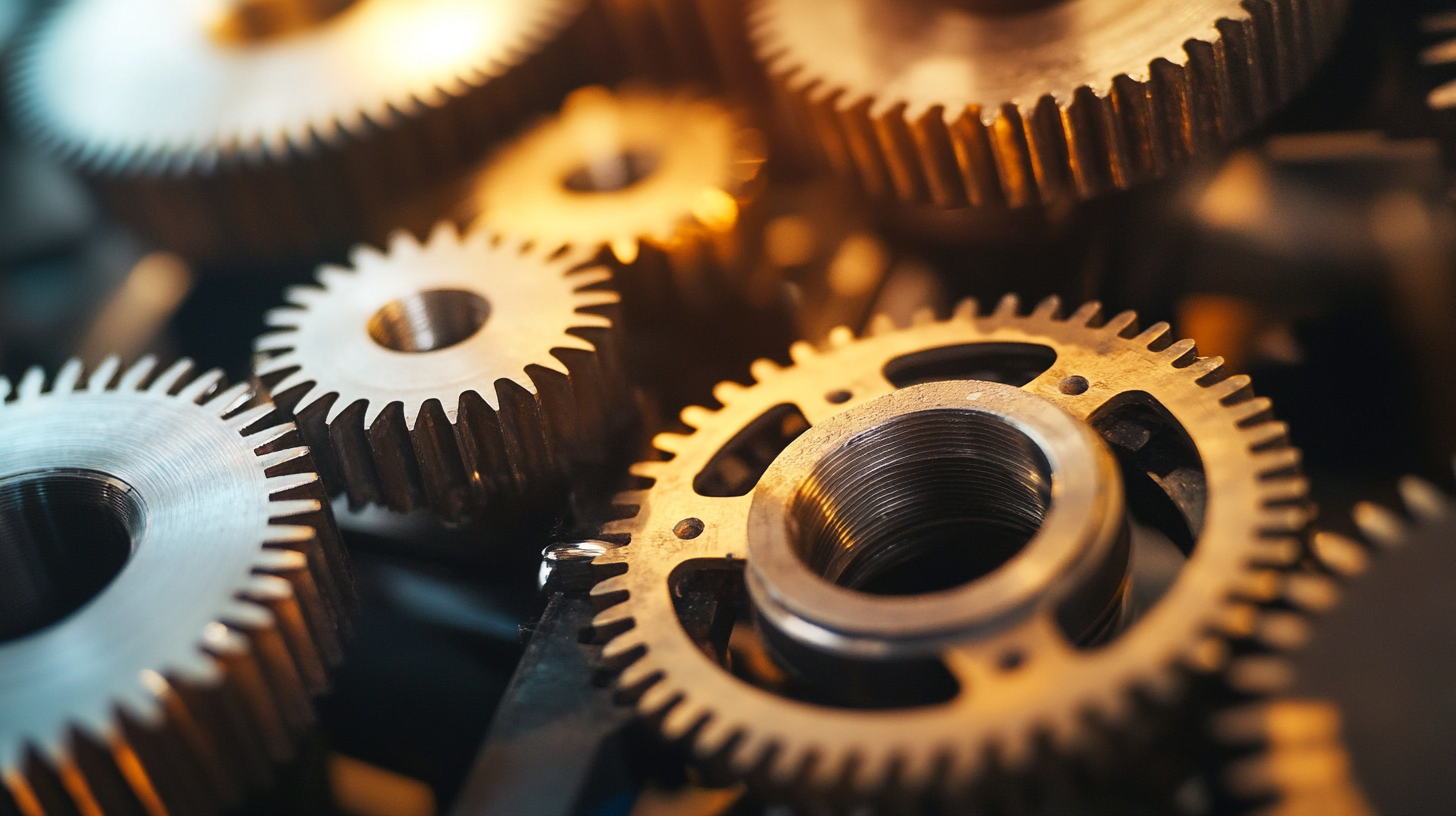
How Gearedmotors Improve Precision and Control in Operations
Geared motors play a crucial role in enhancing precision and control within manufacturing operations. These essential components are designed to deliver consistent performance, making them ideal for applications where accuracy is paramount. By utilizing gear ratios, geared motors can provide higher torque and slower speeds, which is particularly beneficial in tasks requiring meticulous movements. This allows manufacturers to streamline their processes, ensuring that each operation is executed with impeccable precision, ultimately improving overall efficiency.
In today's competitive industrial landscape, the demand for motion control technologies continues to grow. With advancements in gear manufacturing and the integration of precision metrology, geared motors are evolving to meet the challenges of modern automation. These innovations not only enhance the accuracy of motion but also reduce operational noise and improve energy efficiency. As manufacturers increasingly rely on automated systems to enhance productivity, the ability of geared motors to maintain control and optimize performance becomes more critical, establishing them as a cornerstone in the realm of industrial automation.
5 Top Reasons to Choose Gearedmotors for Your Manufacturing Needs
Gearedmotors play a crucial role in enhancing precision and control in manufacturing operations. The chart below illustrates the impact of gearedmotors on various operational factors.
The Role of Gearedmotors in Reducing Maintenance Costs and Downtime
Geared motors play a crucial role in reducing maintenance costs and downtime in manufacturing processes. According to a report by the Manufacturing Institute, downtime can account for up to 20% of a facility's total production costs. By integrating geared motors into operational frameworks, companies can enhance their efficiency. These motors provide not only high torque outputs but also a compact design, which allows for optimized system layouts and reduced operational space.
Furthermore, the use of geared motors can significantly decrease the frequency of repairs required due to their robust construction and reliability. A study published in the Journal of Mechanical Engineering highlights that systems employing geared motors experience a 30% lower failure rate compared to those using traditional motors. This improvement translates directly to reduced maintenance schedules, thereby fostering uninterrupted production lines. As manufacturers strive for increased reliability and efficiency, the adoption of geared motors is proving to be an indispensable strategy for modern industrial operations.


Home
Products
SIEMENS Gearmotor
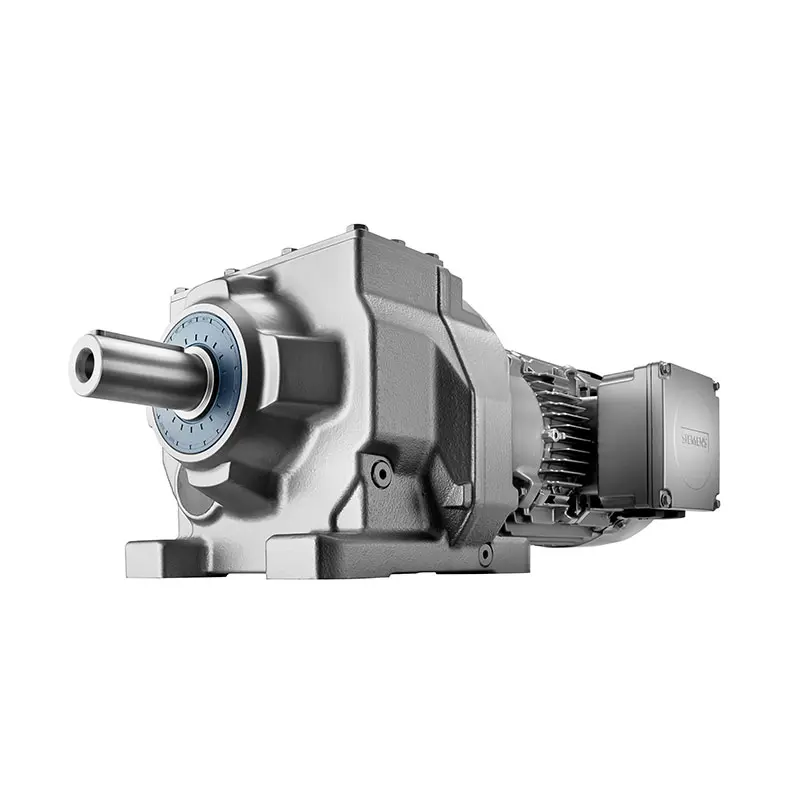 SIEMENS Helical Gearmotor Low Voltage
SIEMENS Helical Gearmotor Low Voltage 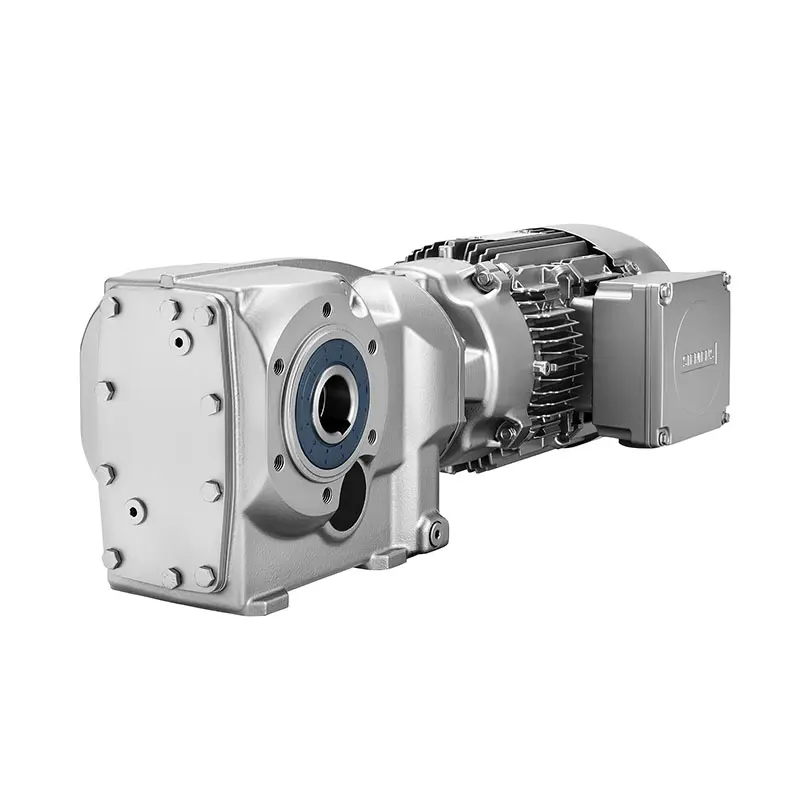 SIEMENS Bevel Helical Gearmotor
SIEMENS Bevel Helical Gearmotor 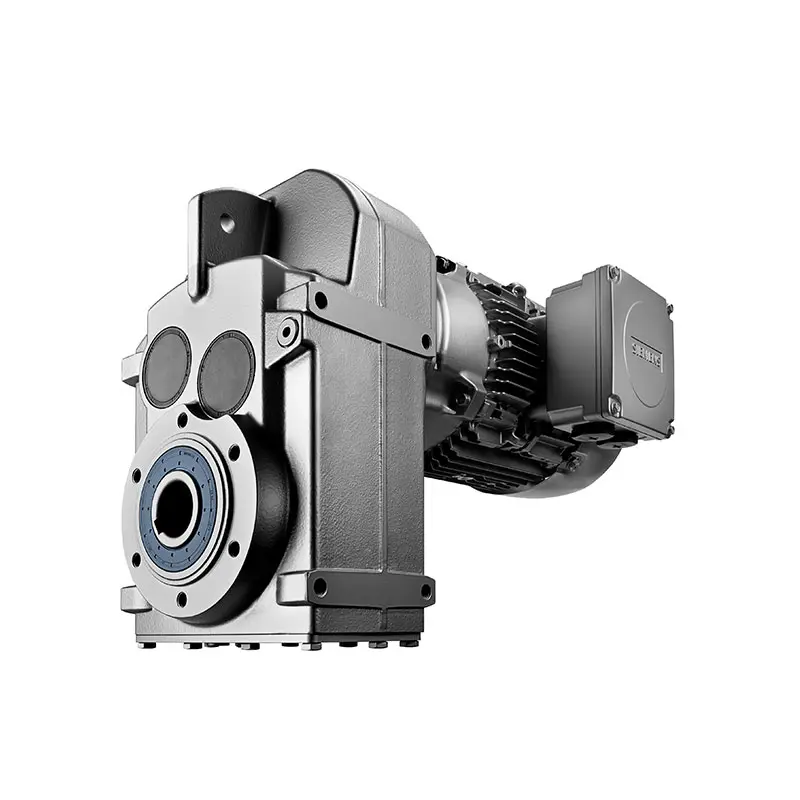 SIEMENS Parallel Shaft Gearmotor
SIEMENS Parallel Shaft Gearmotor 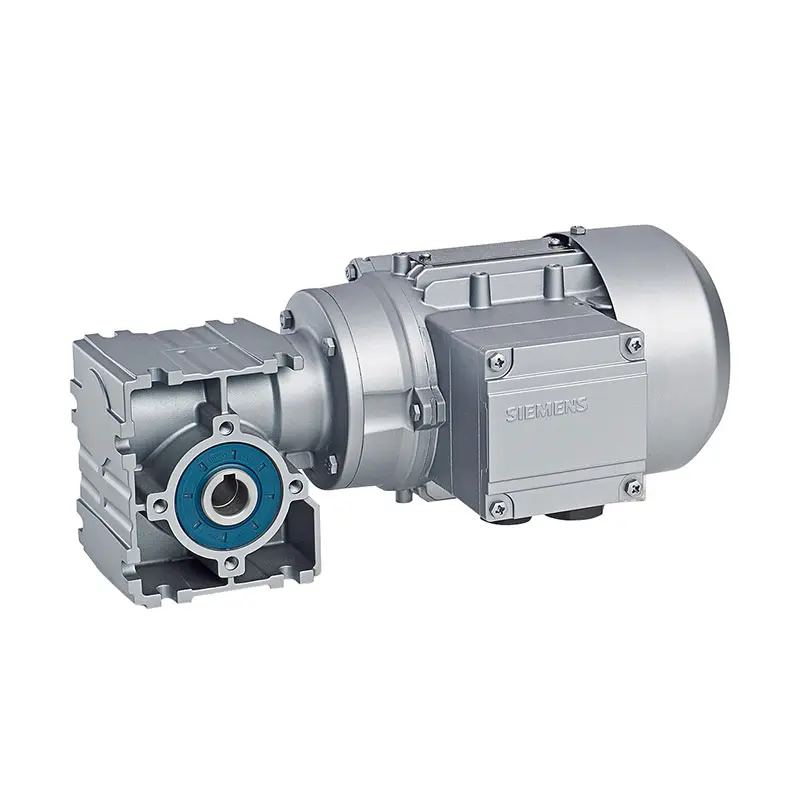 SIEMENS Worm Gearmotor Low Voltage
SIEMENS Worm Gearmotor Low Voltage 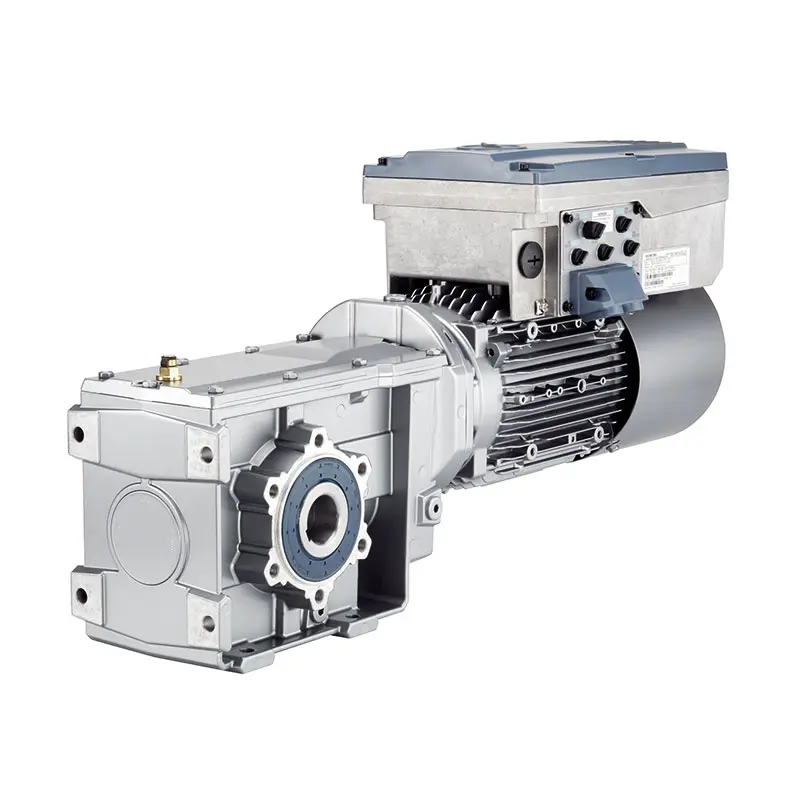 SIEMENS With Servo Motor Gearmotor
SIEMENS With Servo Motor Gearmotor 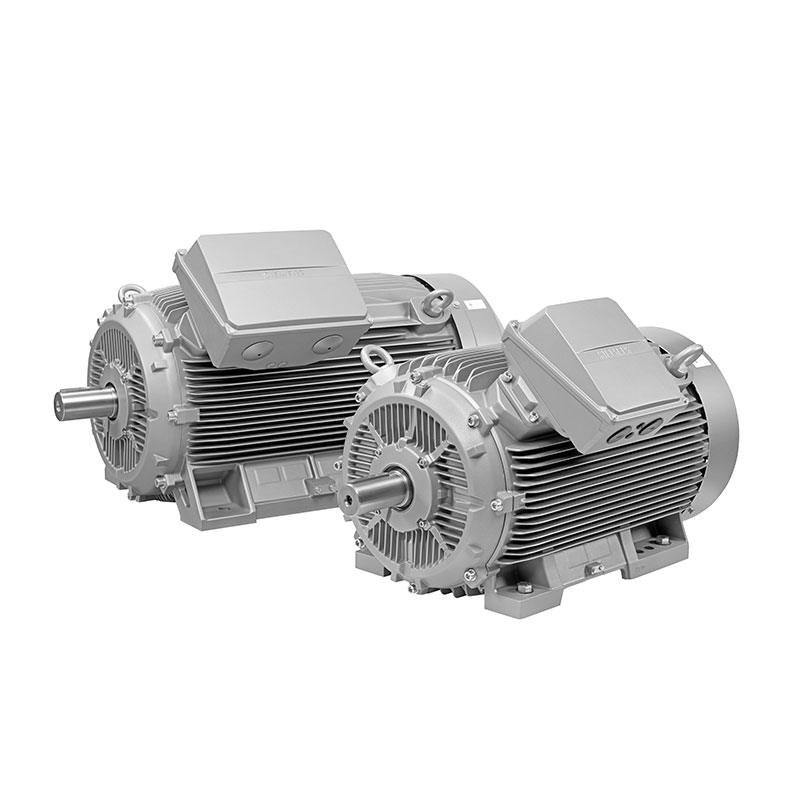 SIEMENS Low Voltage Motor Low Voltage
SIEMENS Low Voltage Motor Low Voltage 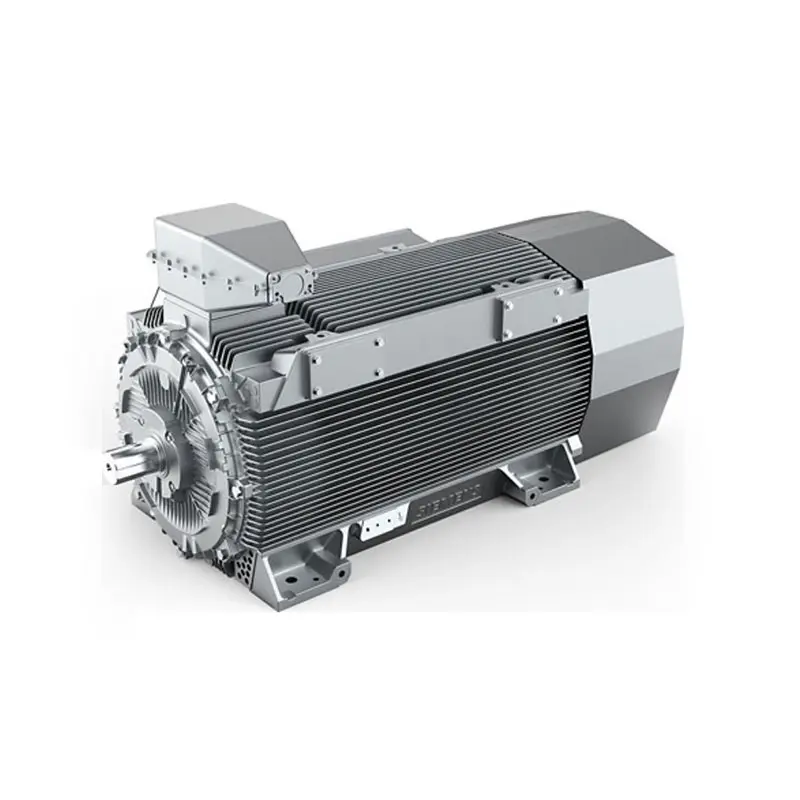 SIEMENS High Voltage Motor Low Voltage
SIEMENS High Voltage Motor Low Voltage 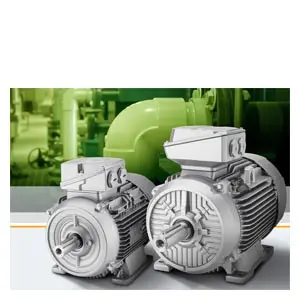 SIEMENS Marine Motor Low Voltage
SIEMENS Marine Motor Low Voltage 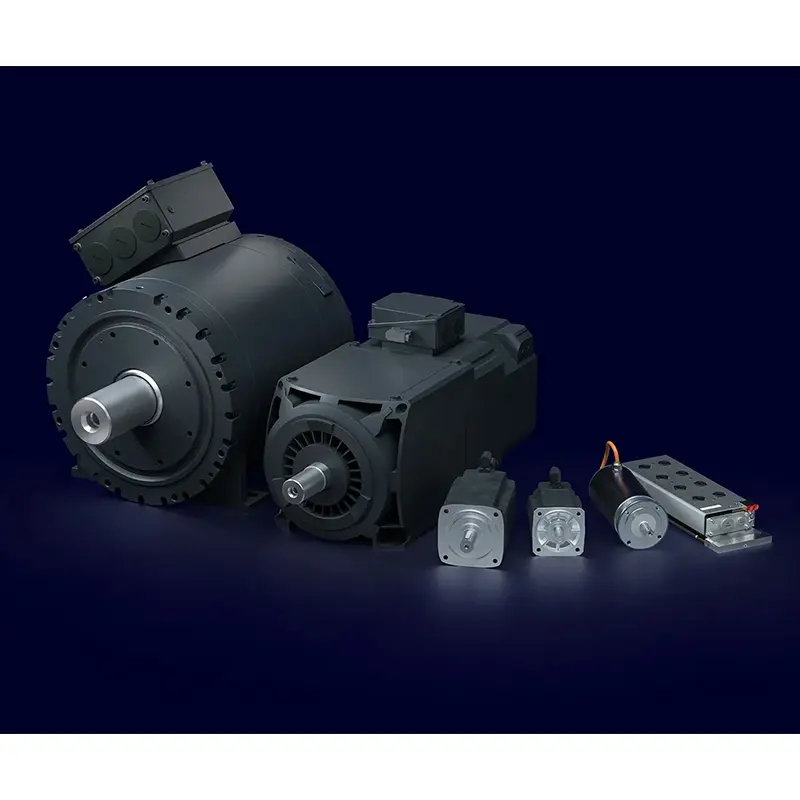 SIEMENS Servo Motor Low Voltage
SIEMENS Servo Motor Low Voltage 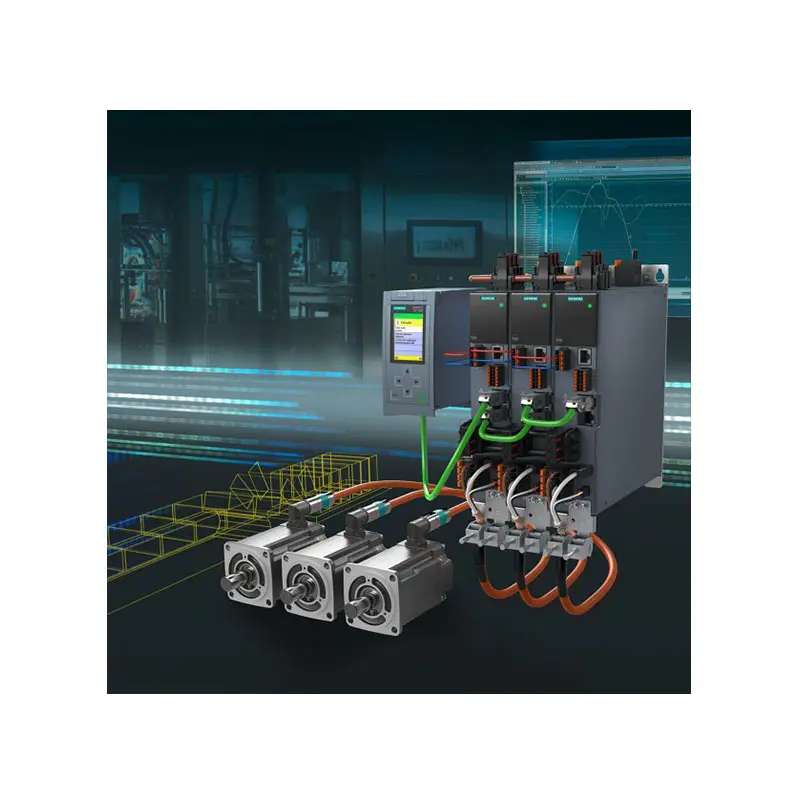 SIEMENS SINAMICS S210 Low Voltage
SIEMENS SINAMICS S210 Low Voltage 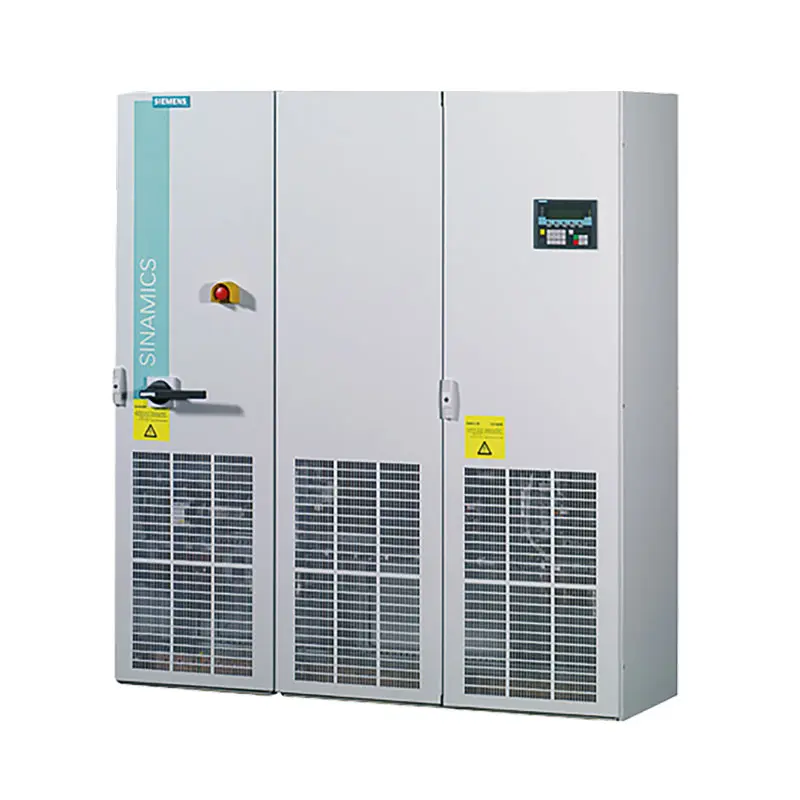 SIEMENS SINAMICS S150 Low Voltage
SIEMENS SINAMICS S150 Low Voltage 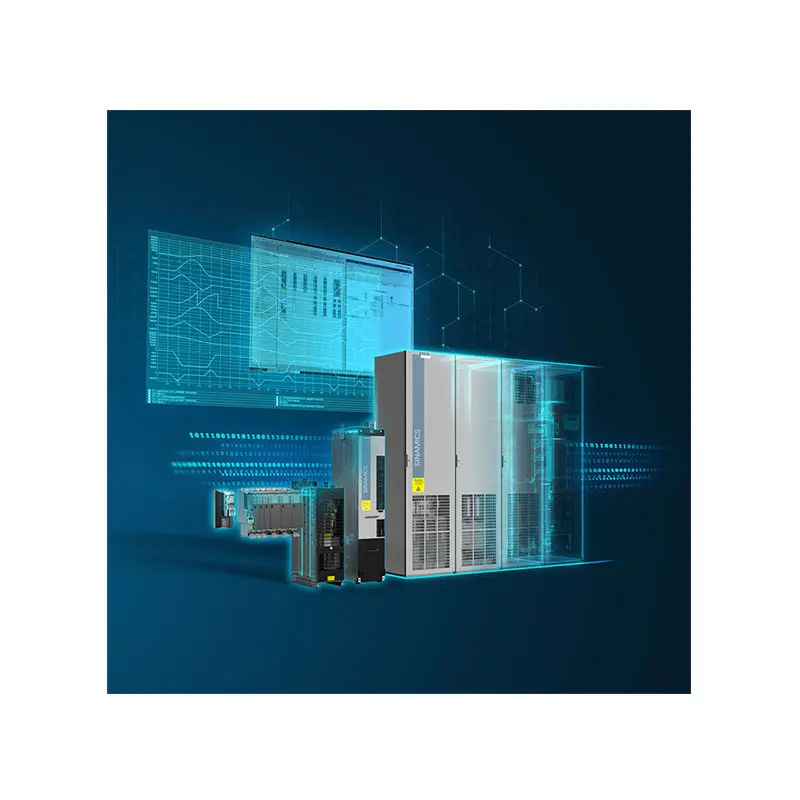 SIEMENS SINAMICS S120 Low Voltage
SIEMENS SINAMICS S120 Low Voltage  SIEMENS SINAMICS G130/G150
SIEMENS SINAMICS G130/G150 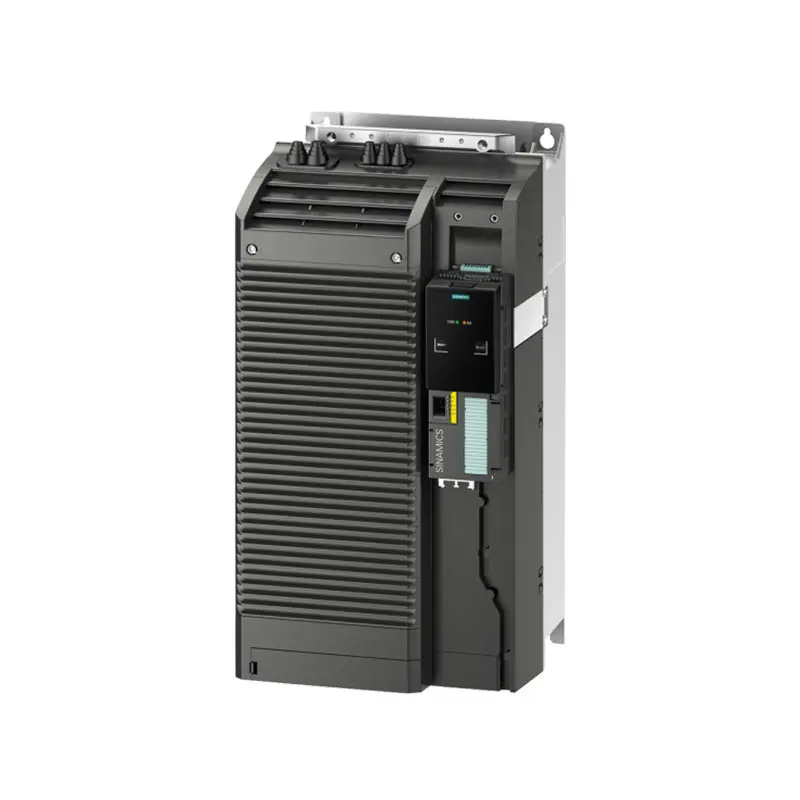 SIEMENS SINAMICS G120 Low Voltage
SIEMENS SINAMICS G120 Low Voltage 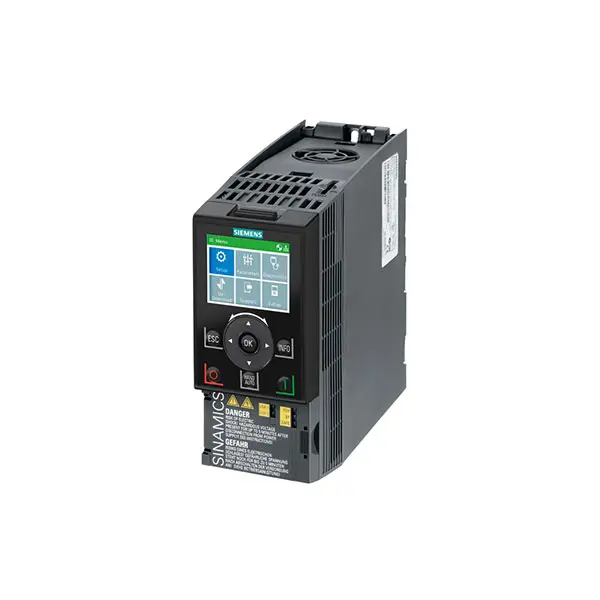 SIEMENS SINAMICS G120C Low Voltage
SIEMENS SINAMICS G120C Low Voltage 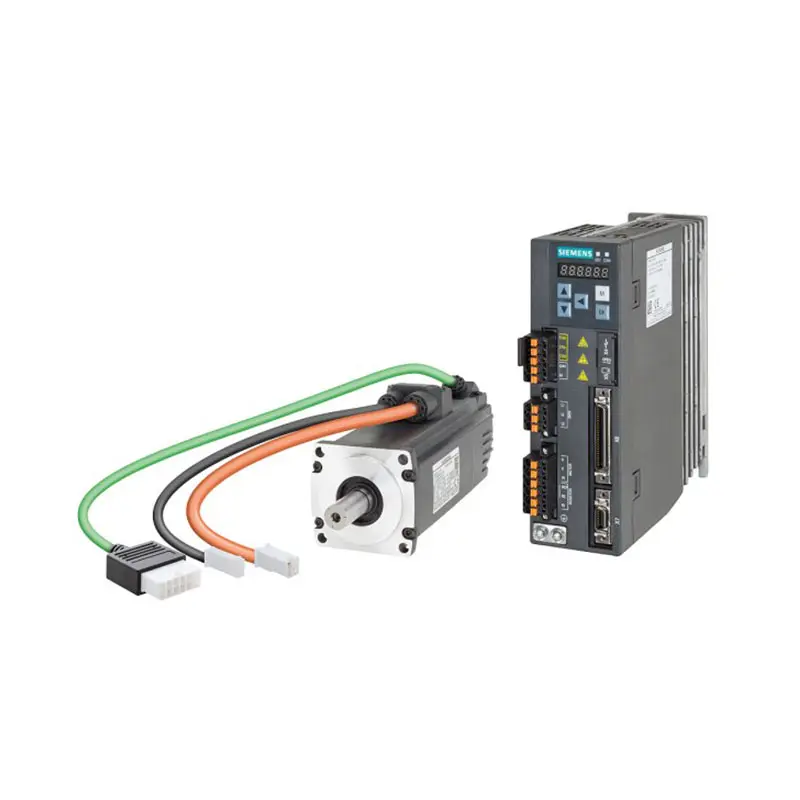 SIEMENS SINAMICS V90
SIEMENS SINAMICS V90 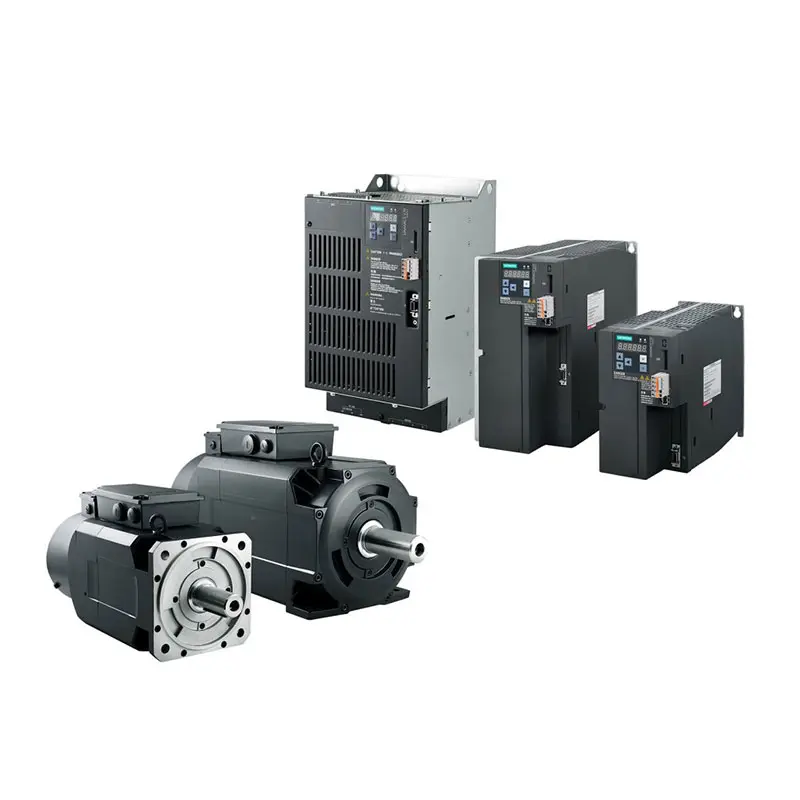 SIEMENS SINAMICS V70 Low Voltage
SIEMENS SINAMICS V70 Low Voltage 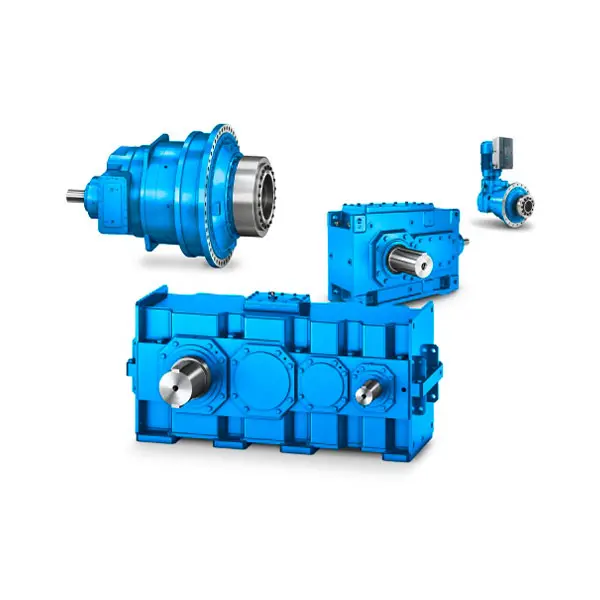 FLENDER Gear Unit
FLENDER Gear Unit 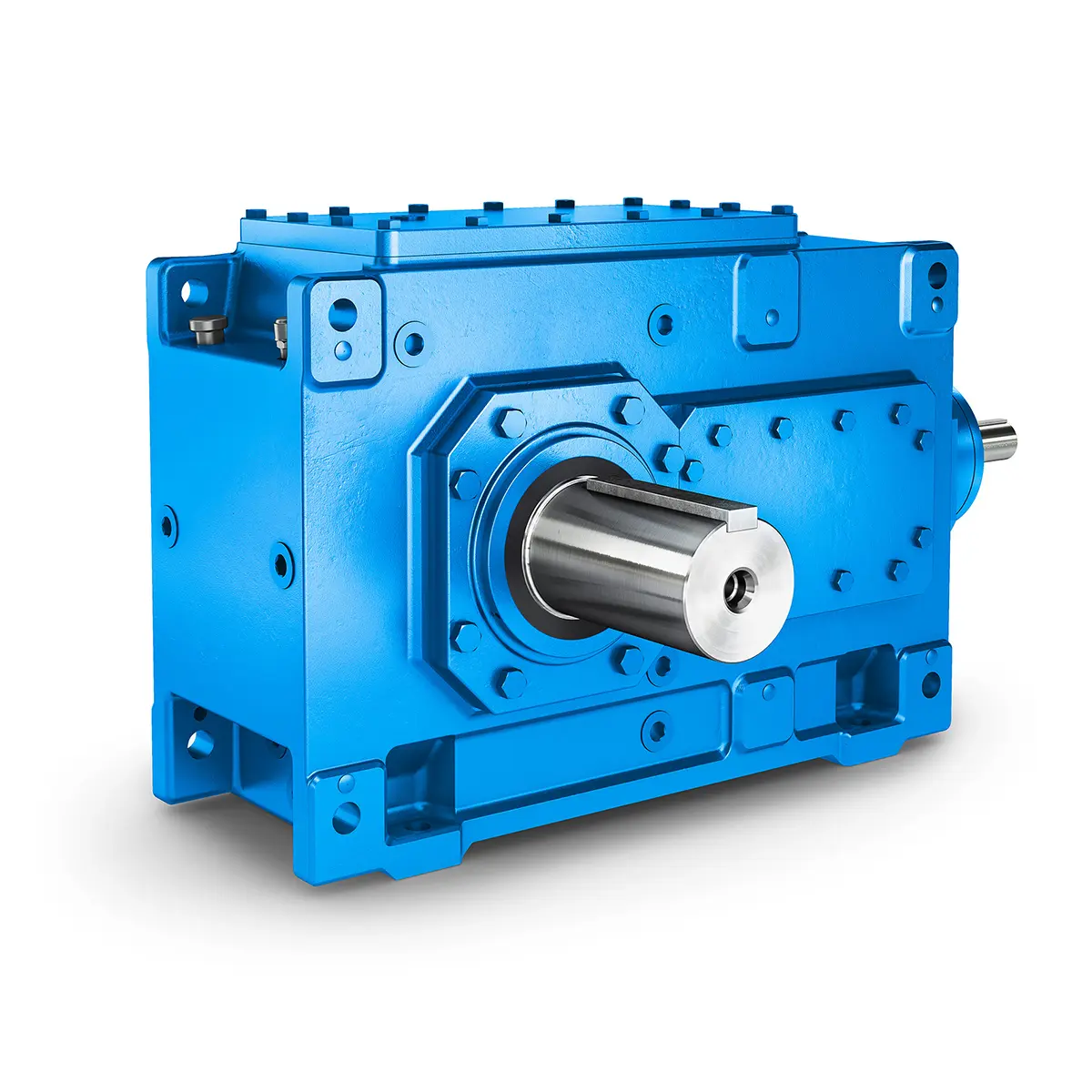 FLENDER Helical Gear Unit
FLENDER Helical Gear Unit 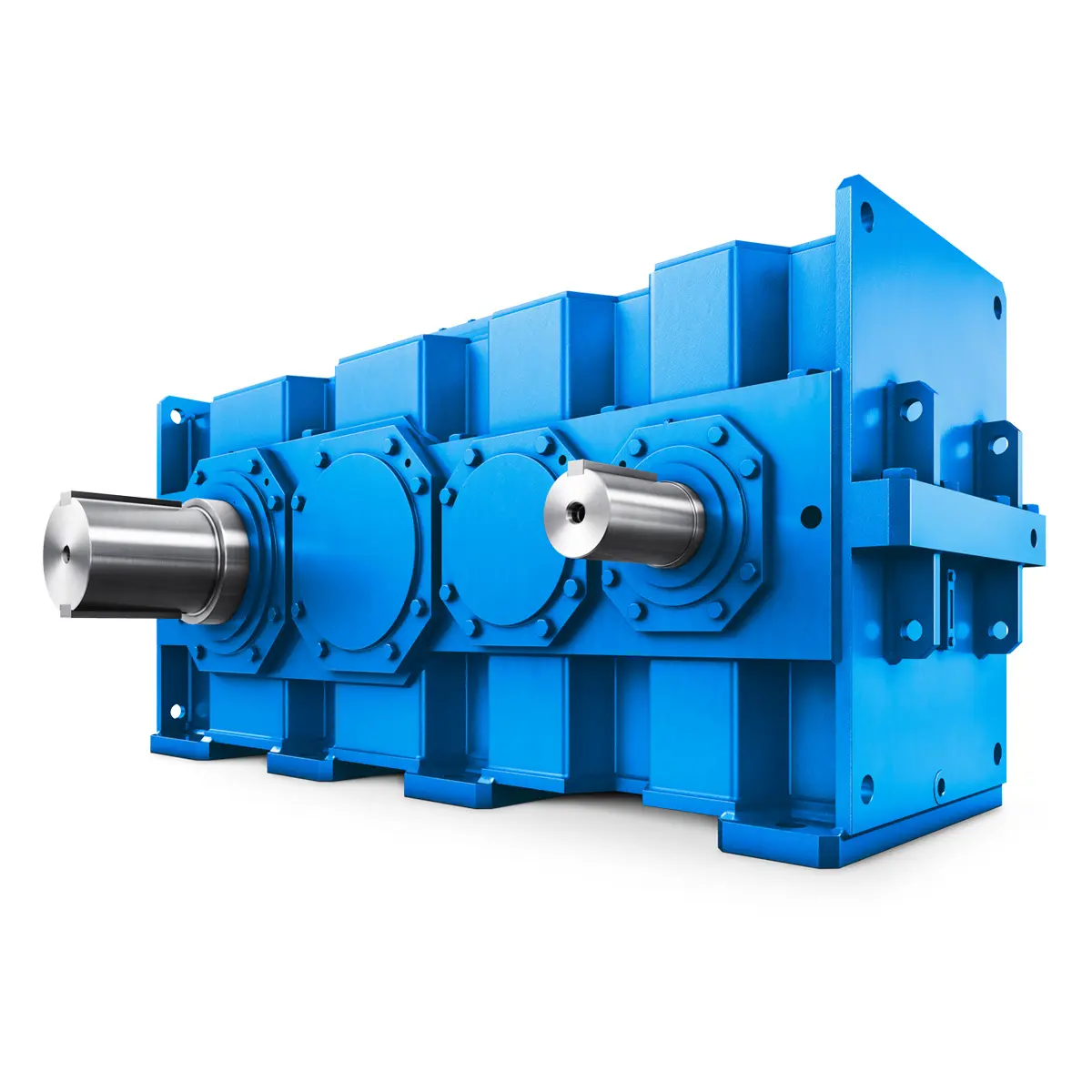 Flender gear units for lifting and luffing gears
Flender gear units for lifting and luffing gears  FLENDER Gear Unit gearunit gearbox
FLENDER Gear Unit gearunit gearbox 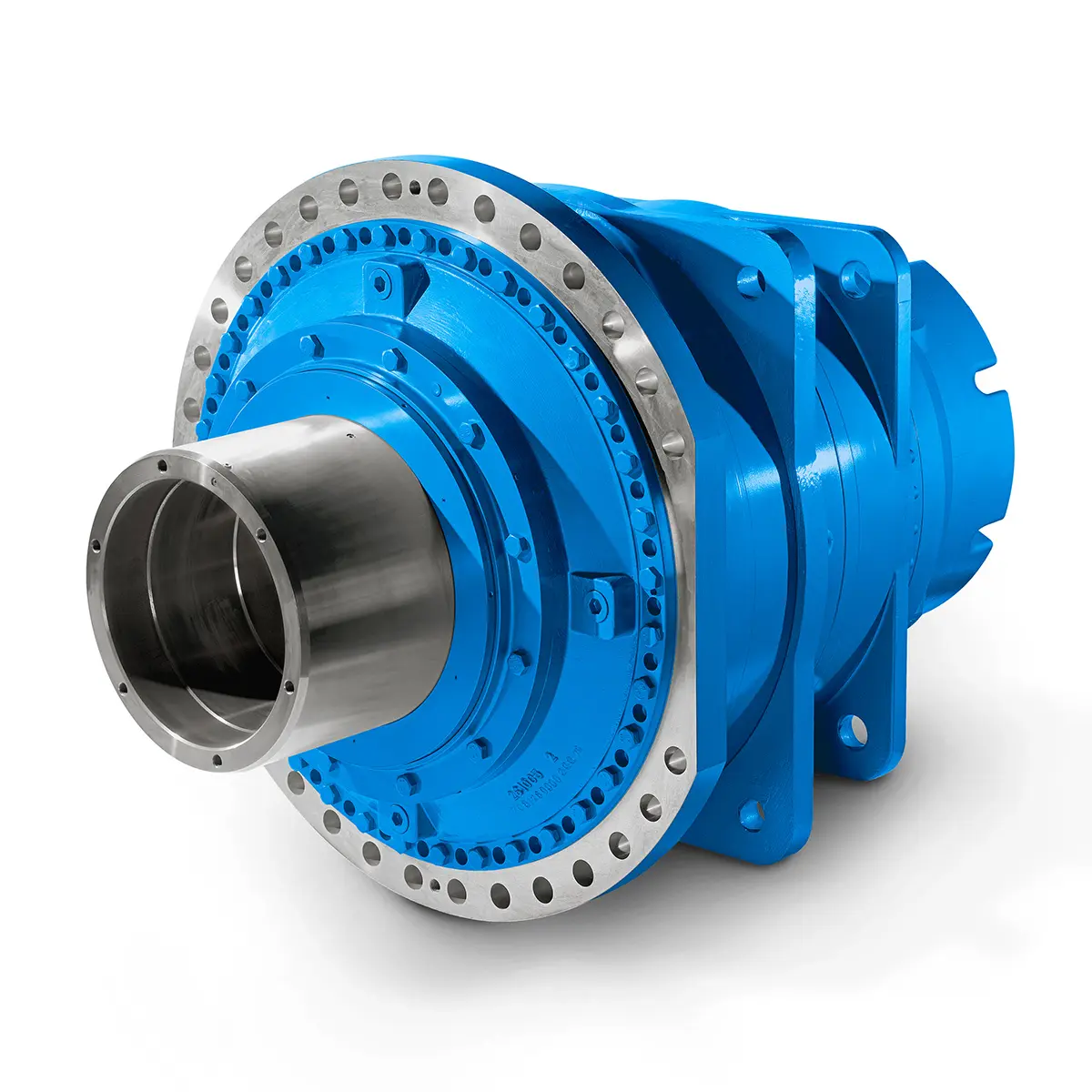 Optimal Drive Solution For Maximum Performance
Optimal Drive Solution For Maximum Performance 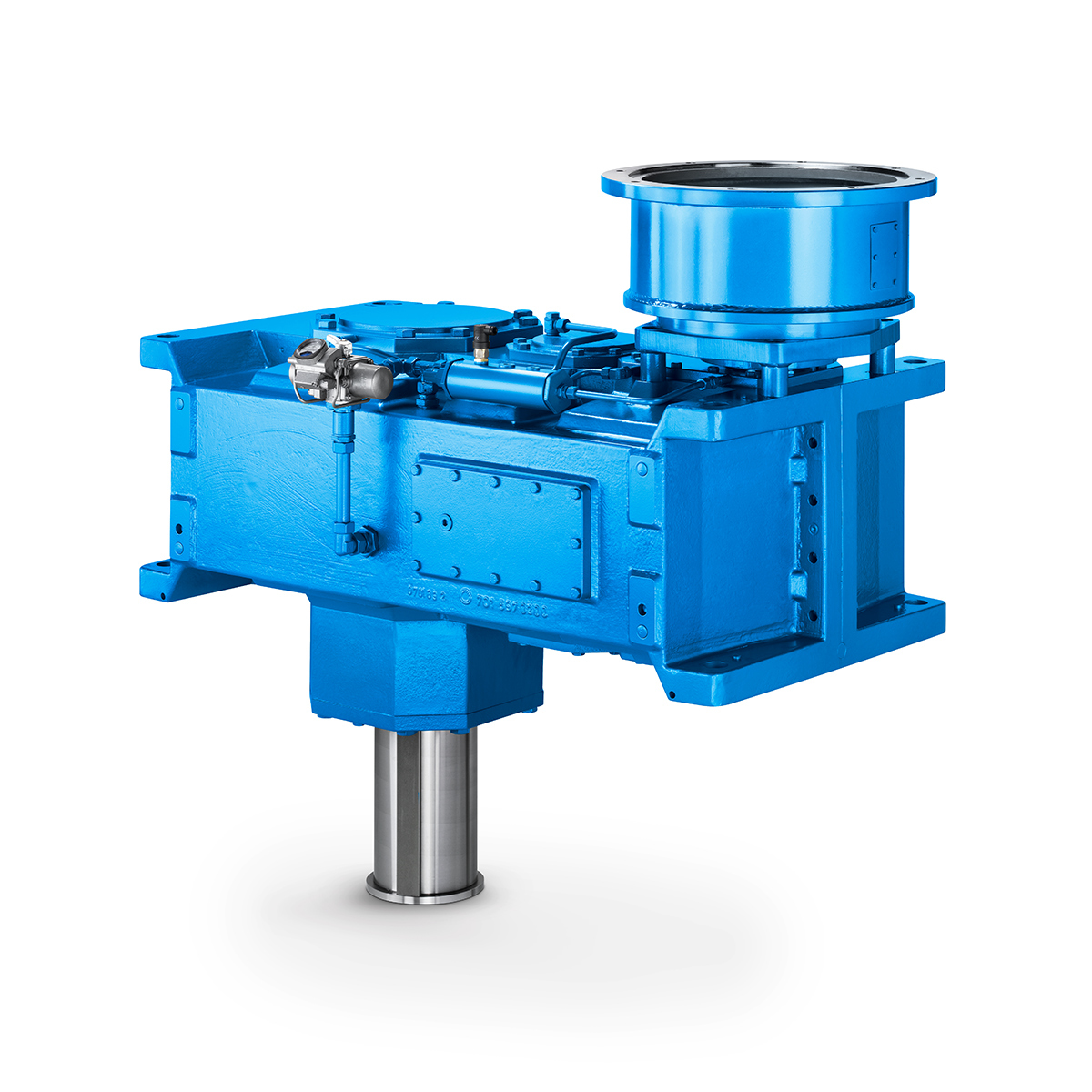 Strongly operating against biodegradable constituents
Strongly operating against biodegradable constituents  SINGLE SCREW Special industry dedicated gearunit gearbox
SINGLE SCREW Special industry dedicated gearunit gearbox 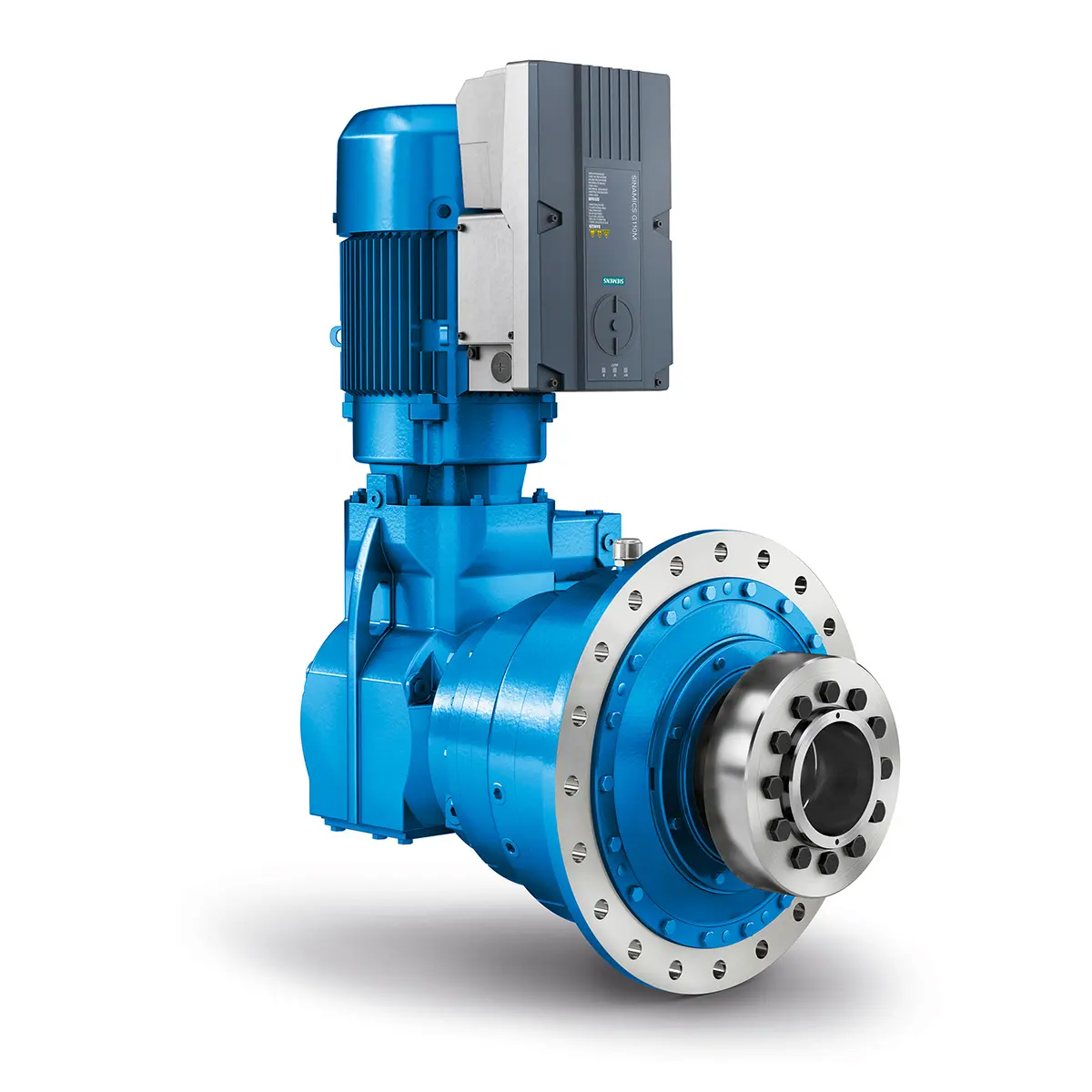 Playmaker In The Premium League
Playmaker In The Premium League 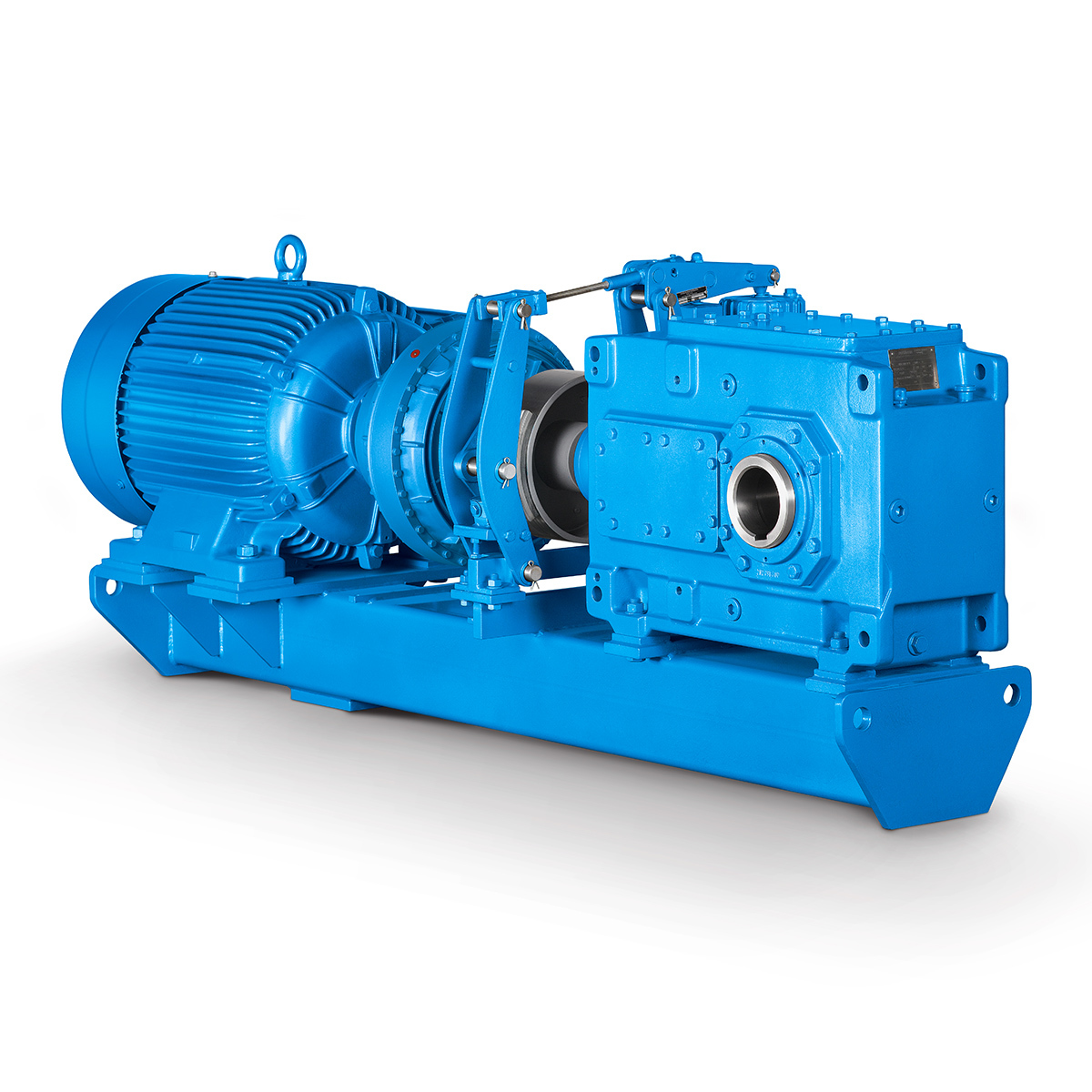 Conveyor belts gearunit gearbox
Conveyor belts gearunit gearbox 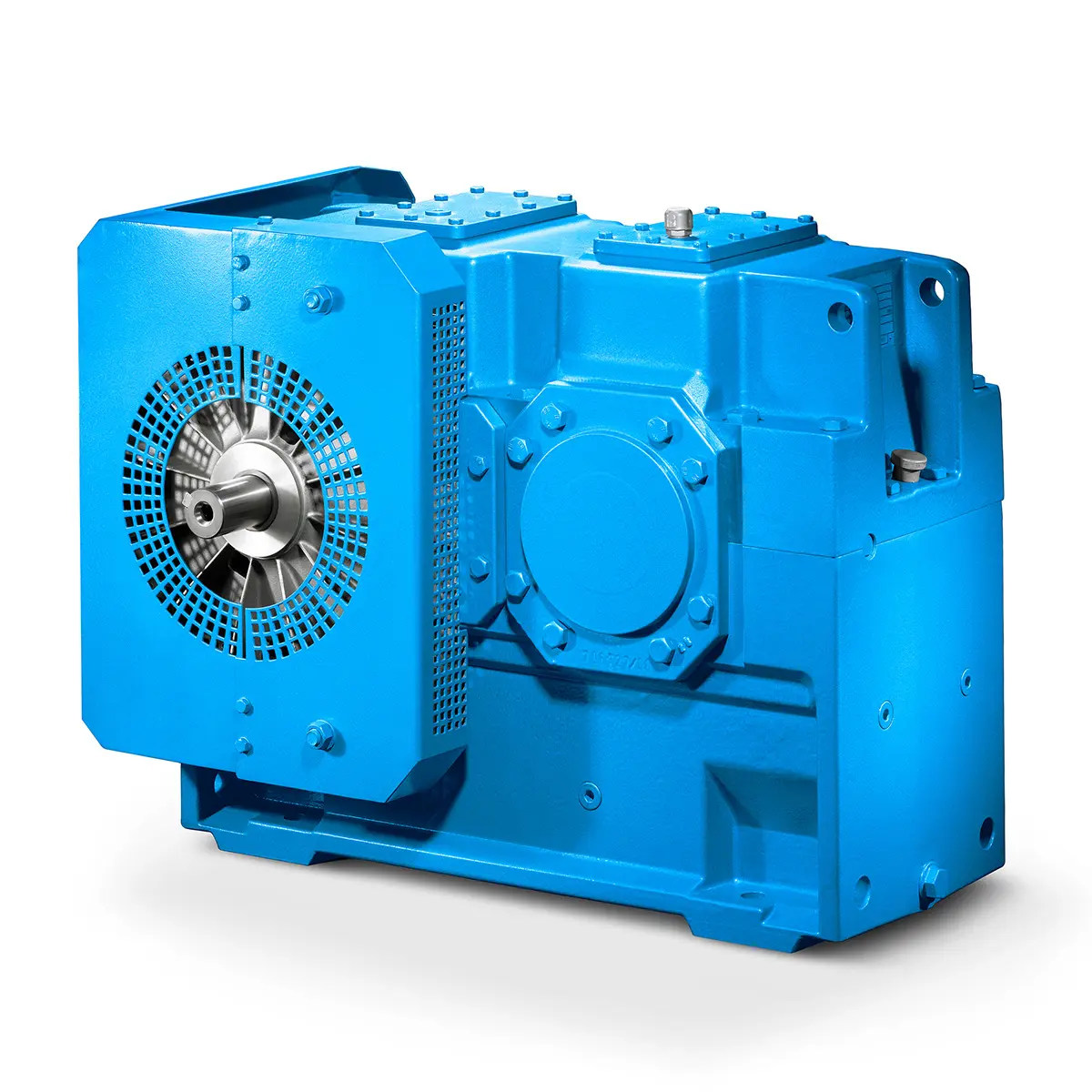 Paper And Pulp Preparation Sections
Paper And Pulp Preparation Sections 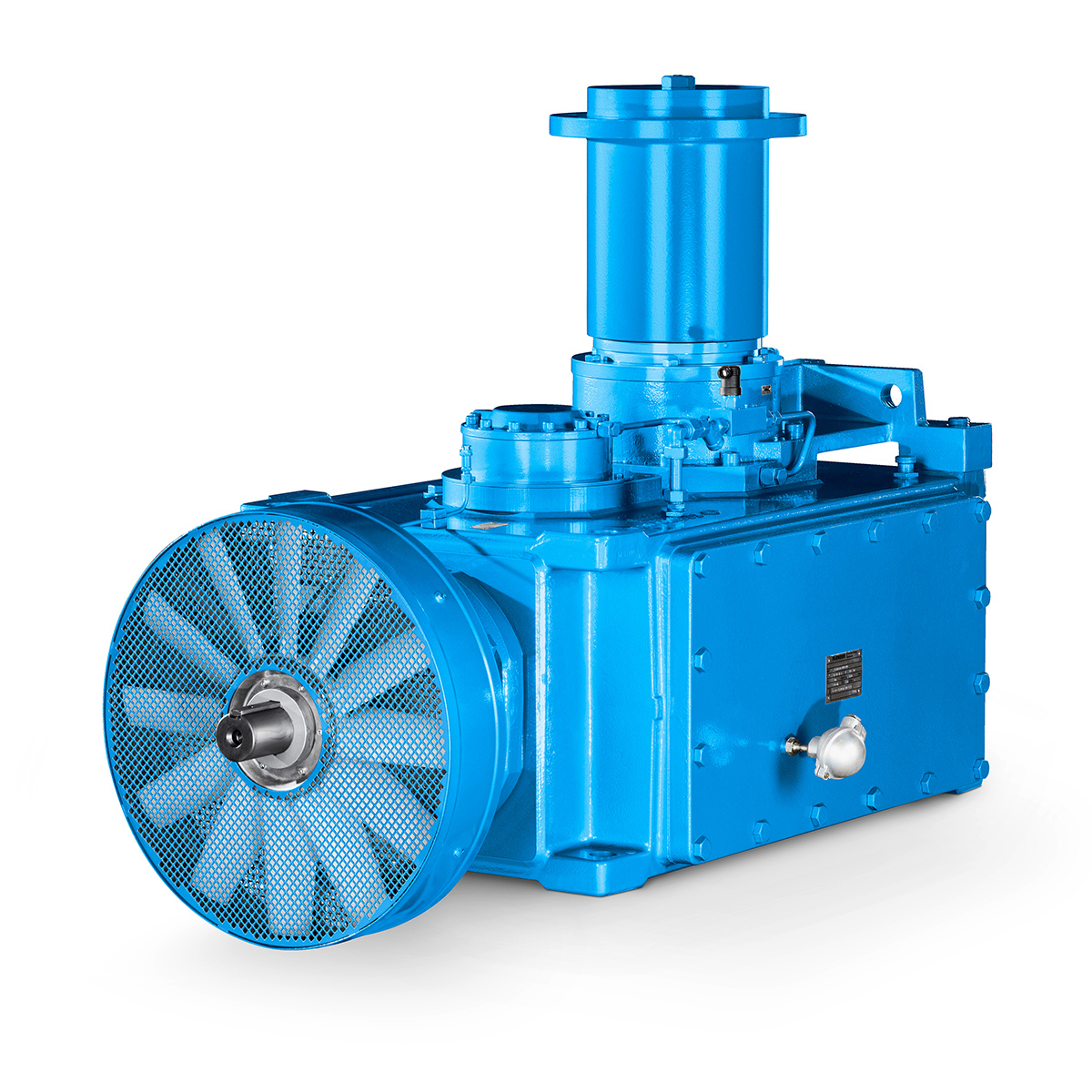 Operational Reliability Even In Case Of The Highest Ventilation Forces
Operational Reliability Even In Case Of The Highest Ventilation Forces  Reliable Gear Units For High Performance Vertical Conveyors 59/200
Reliable Gear Units For High Performance Vertical Conveyors 59/200 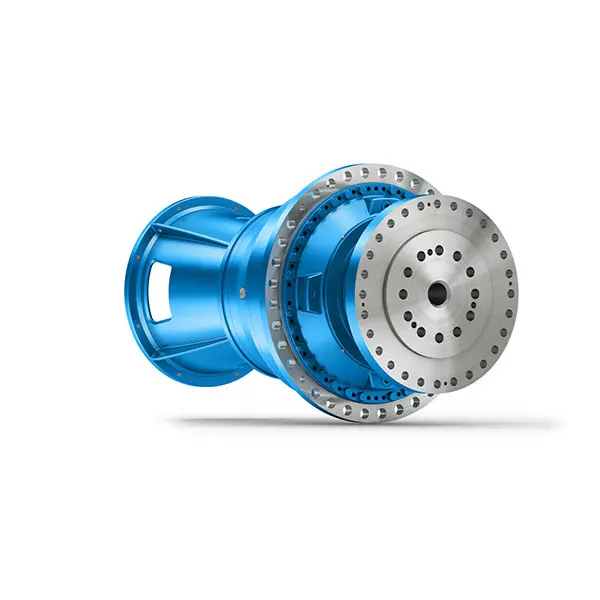 Maximum power density – PLANUREX 3 L individual drives for your sugar cane mill
Maximum power density – PLANUREX 3 L individual drives for your sugar cane mill 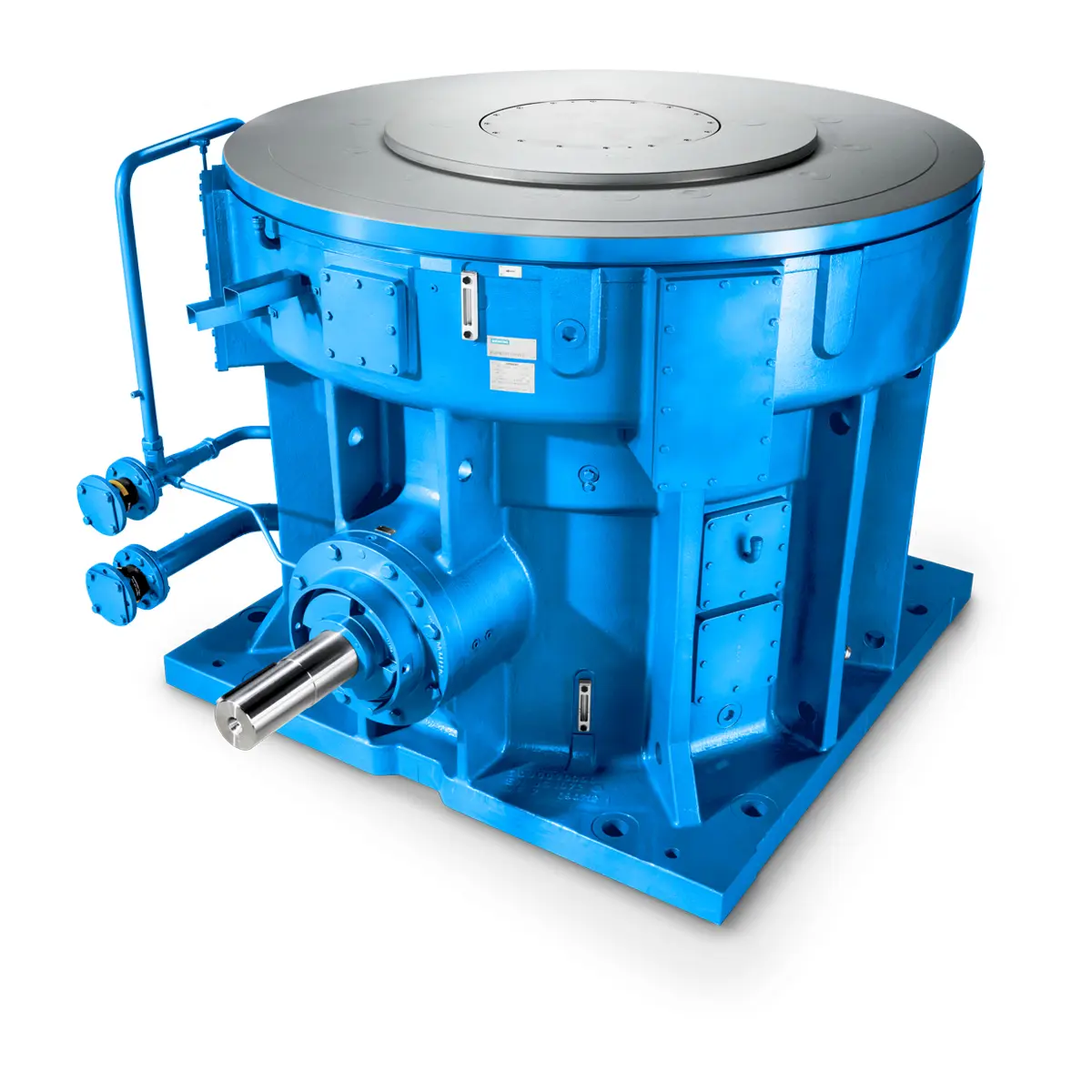 The proven all rounder gearunit gearbox
The proven all rounder gearunit gearbox 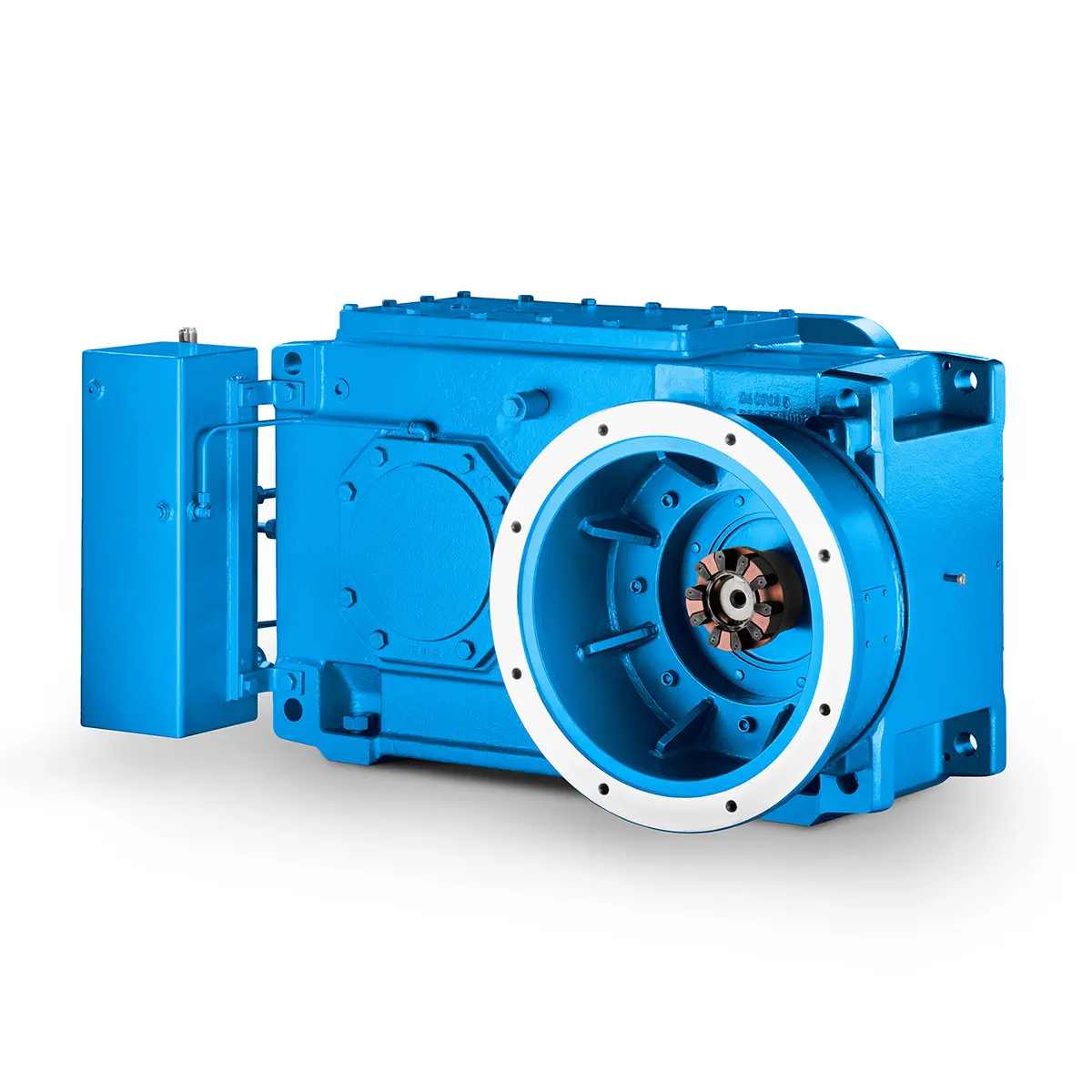 Stirs and stirs and stirs gearunit gearbox
Stirs and stirs and stirs gearunit gearbox 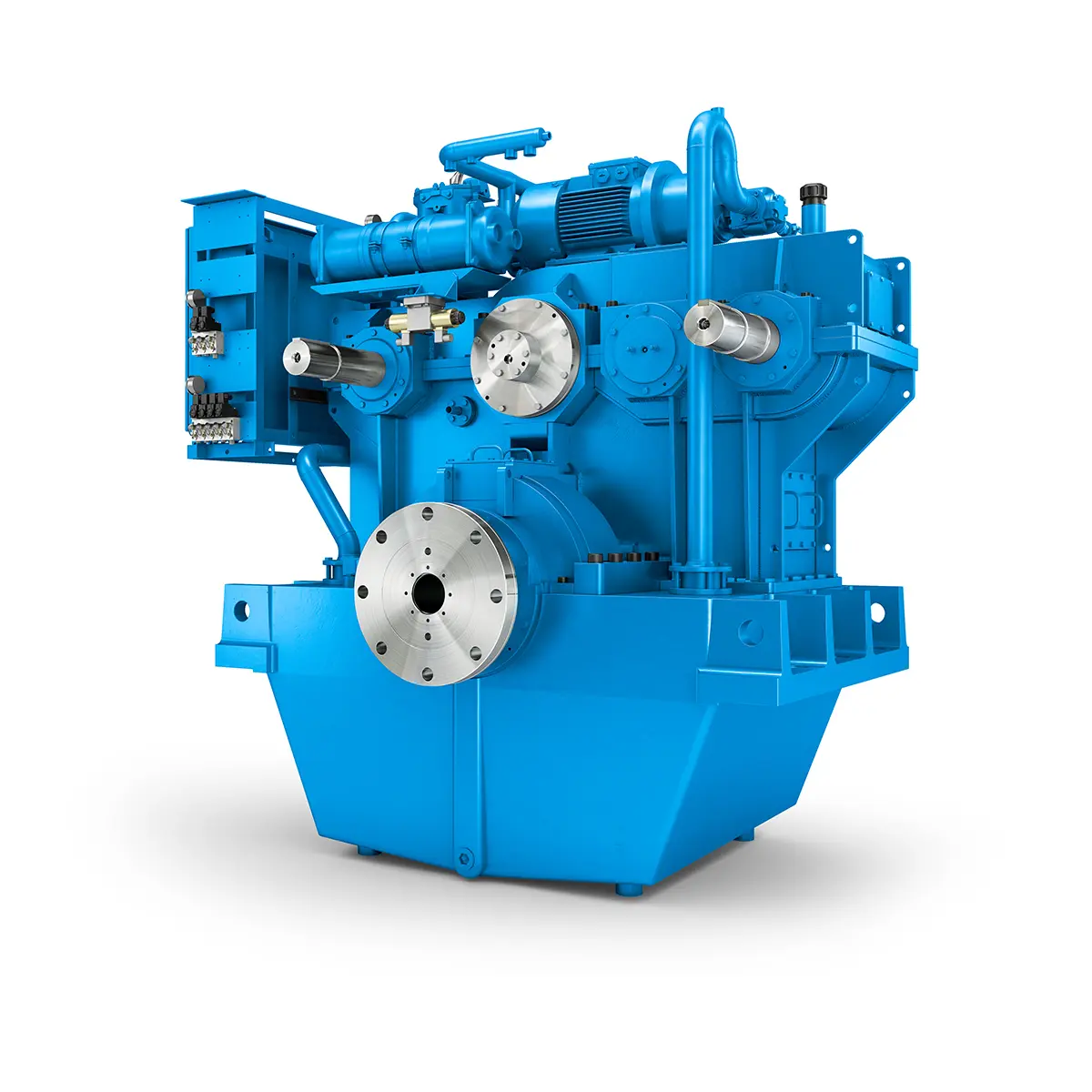 Flexibility on Board gearunit gearbox
Flexibility on Board gearunit gearbox 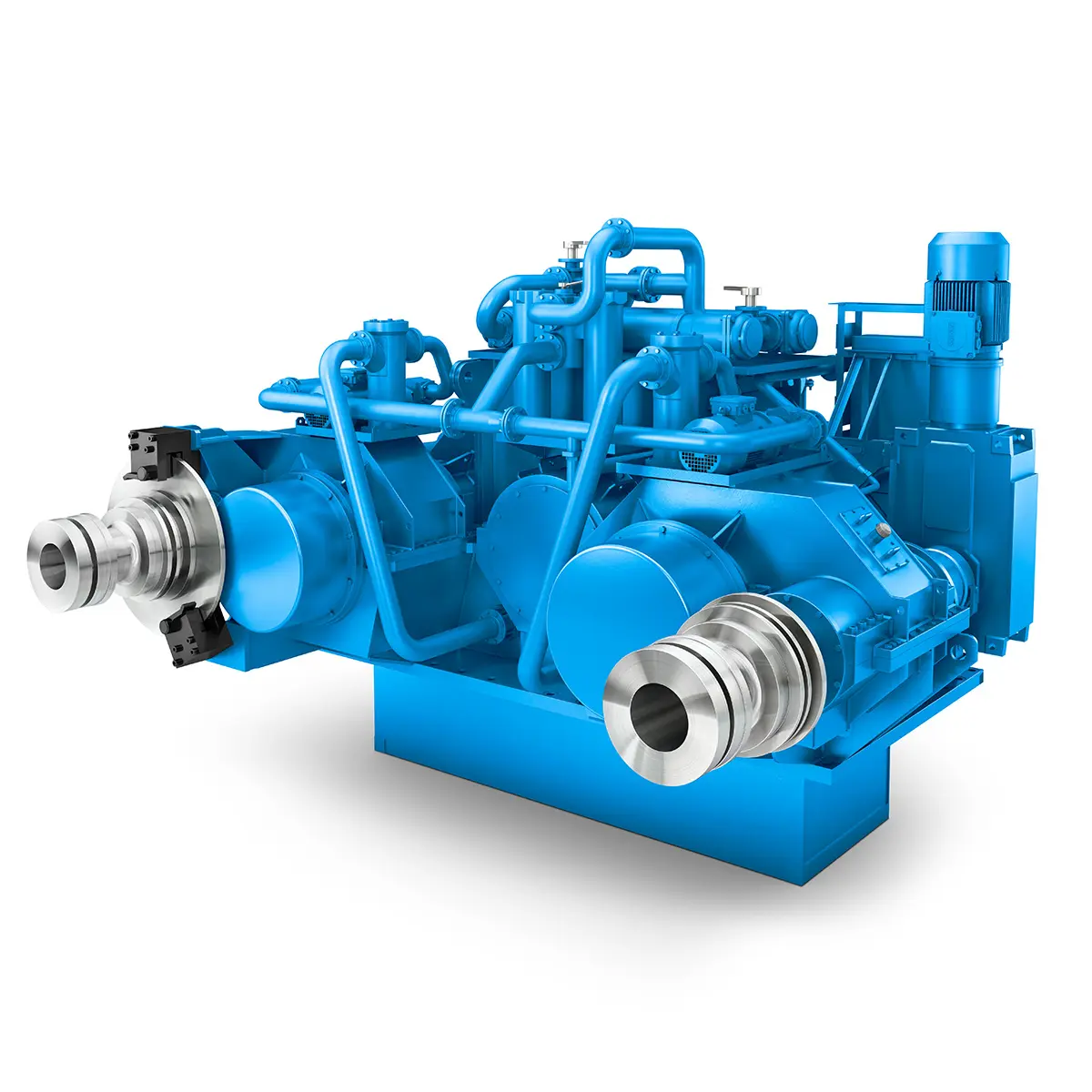 The right gearbox for all Multi-Engine Ships
The right gearbox for all Multi-Engine Ships 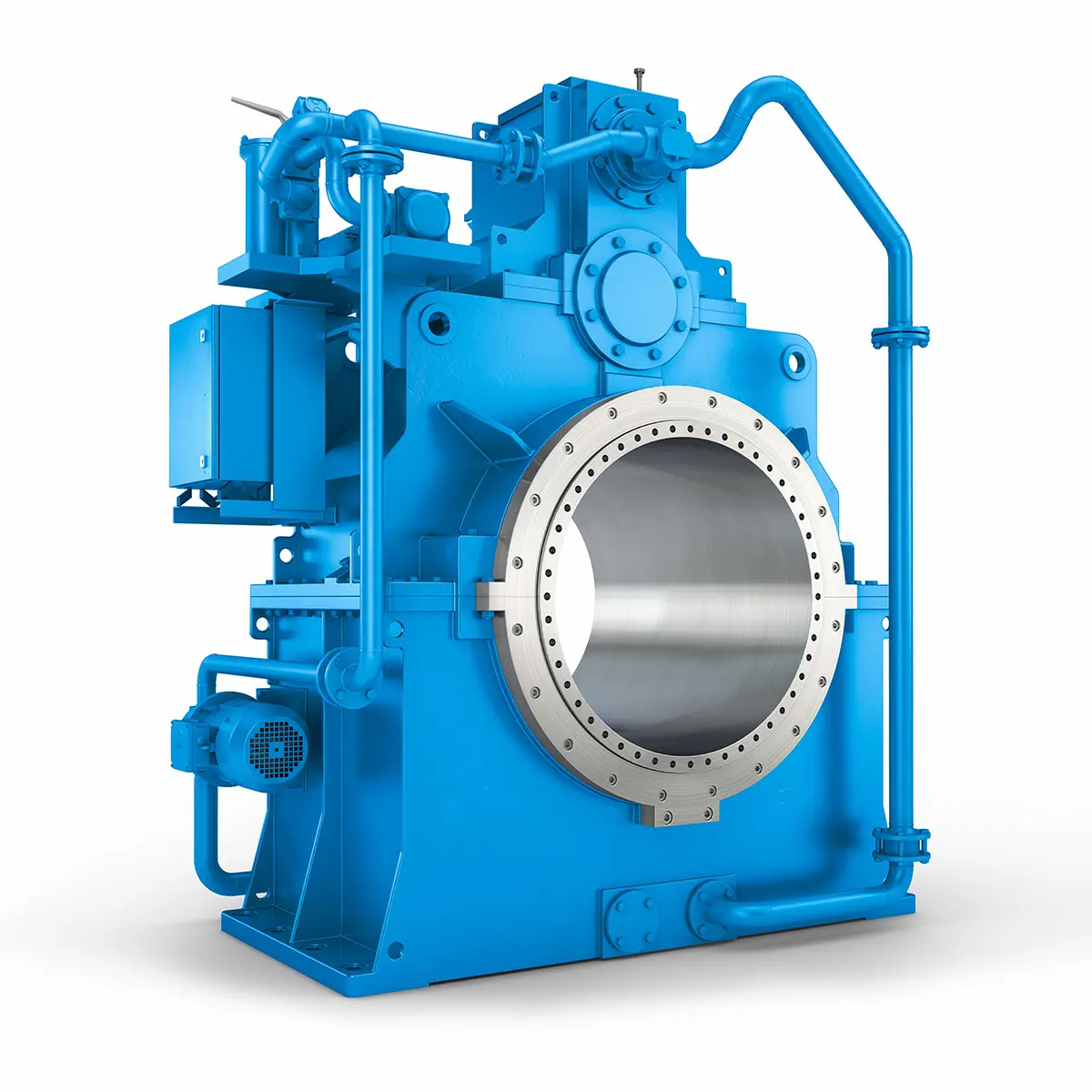 Reliable Power Generation on board
Reliable Power Generation on board 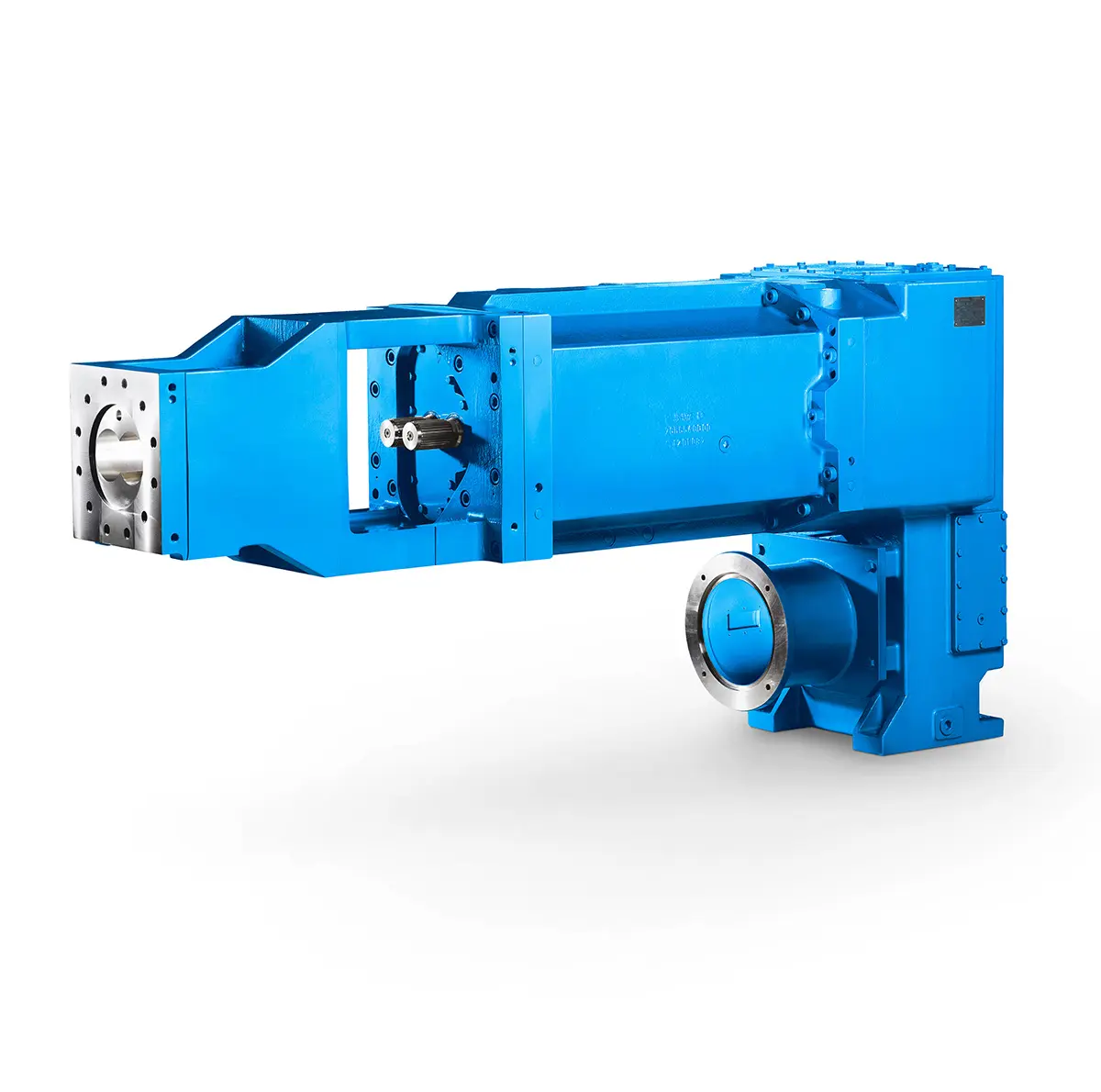 Maximum performance level, fast deliverable
Maximum performance level, fast deliverable 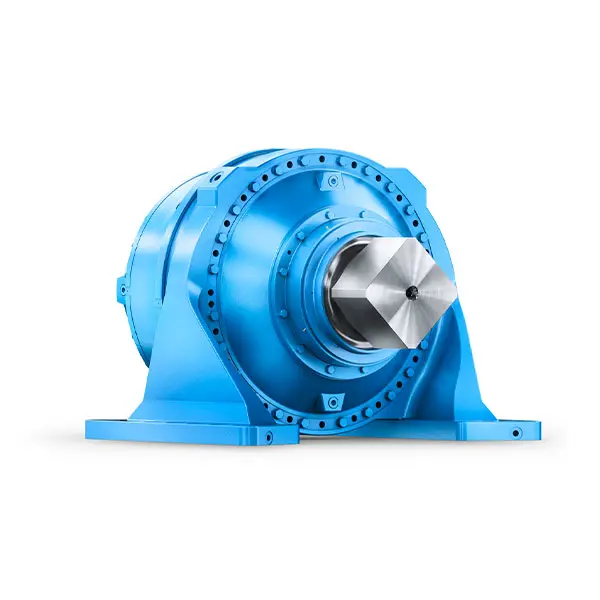 Efficient and compact – FLENDER Gear Units for Sugar Mills
Efficient and compact – FLENDER Gear Units for Sugar Mills 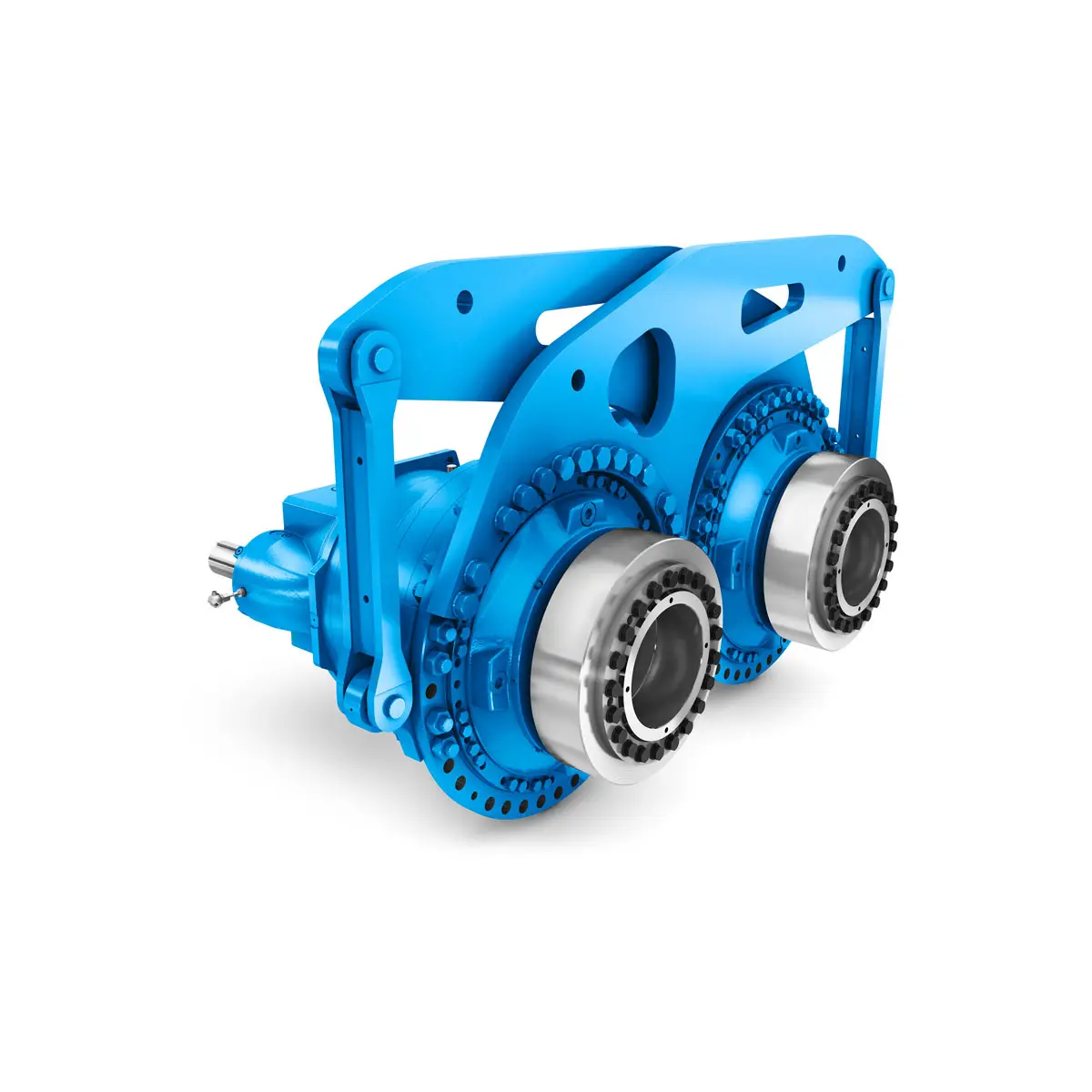 Extremely strong. Extremely compact. Extremely stressable.
Extremely strong. Extremely compact. Extremely stressable. 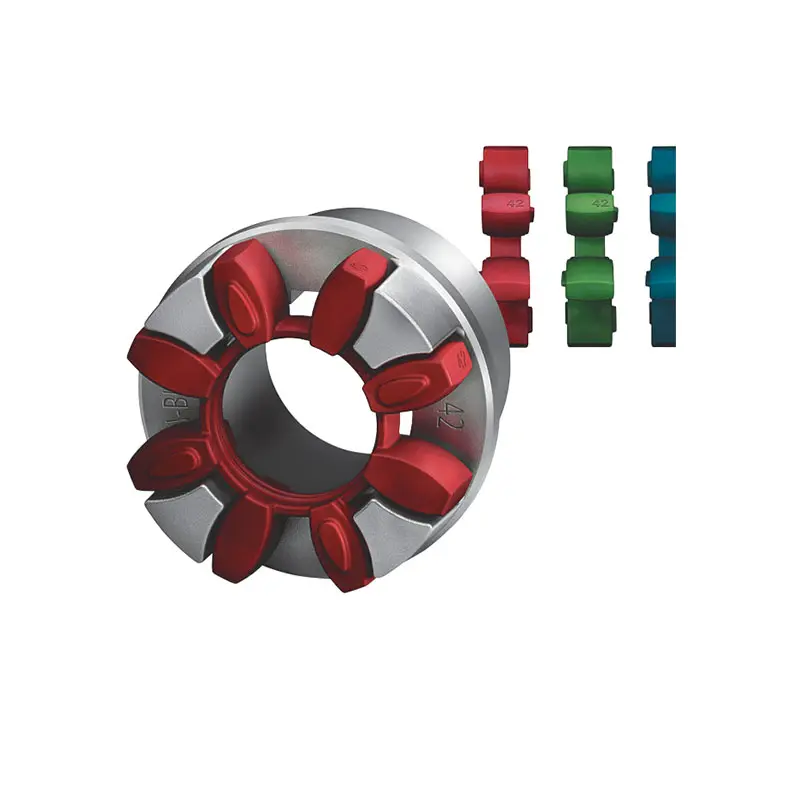 FLENDER Coupling
FLENDER Coupling 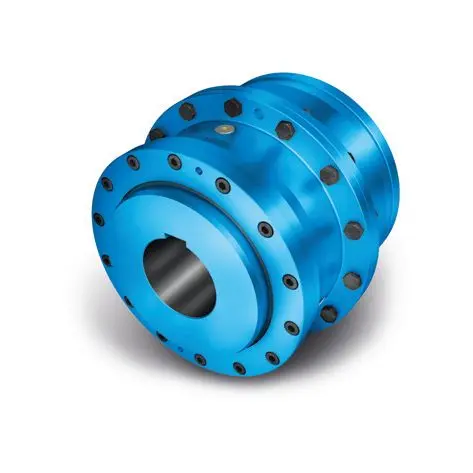 ZAPEX ZW Torsionally Rigid Gear Coupling
ZAPEX ZW Torsionally Rigid Gear Coupling 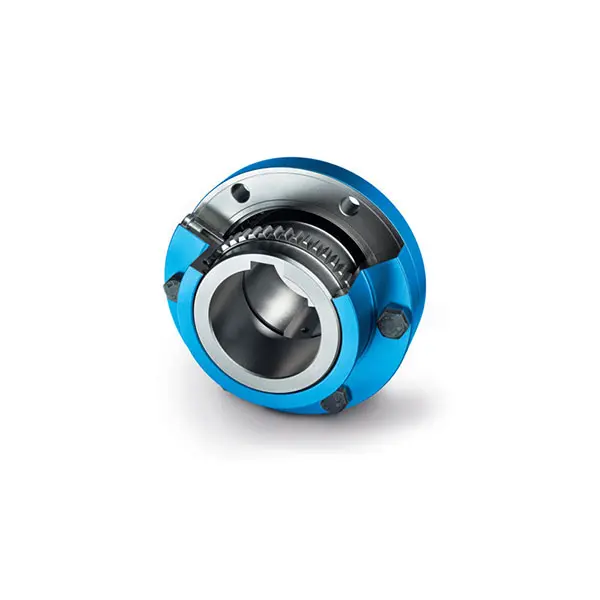 ZAPEX ZN Torsionally Rigid Gear Coupling
ZAPEX ZN Torsionally Rigid Gear Coupling 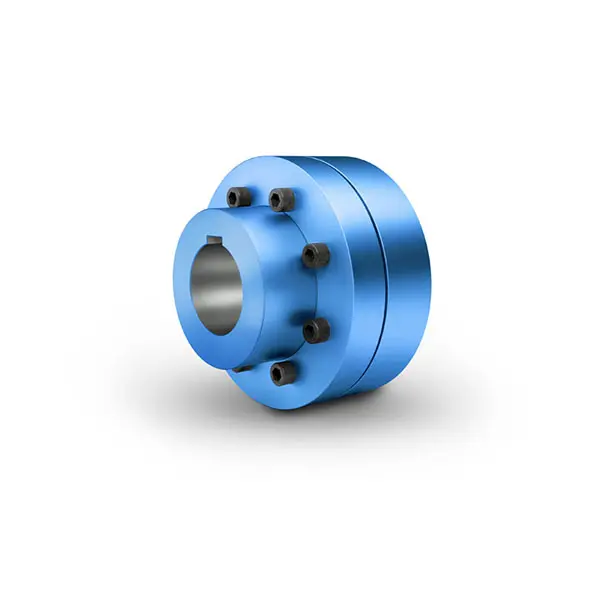 N-EUPEX Flexible high performance Coupling
N-EUPEX Flexible high performance Coupling 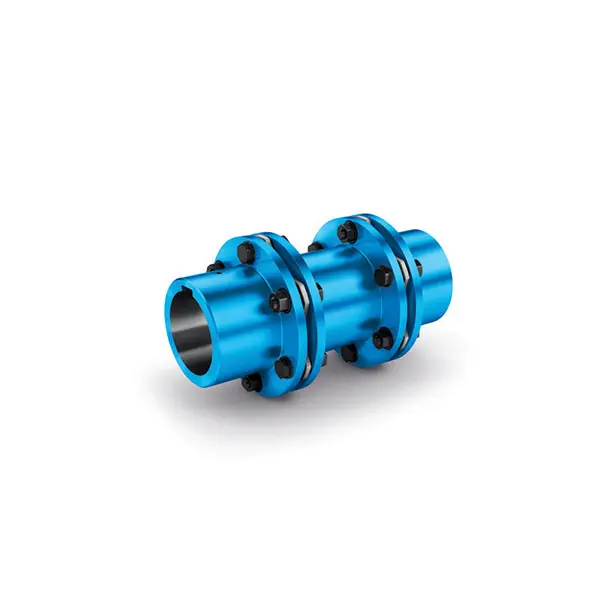 N-ARPEX Torsionally Rigid All-Steel Coupling
N-ARPEX Torsionally Rigid All-Steel Coupling 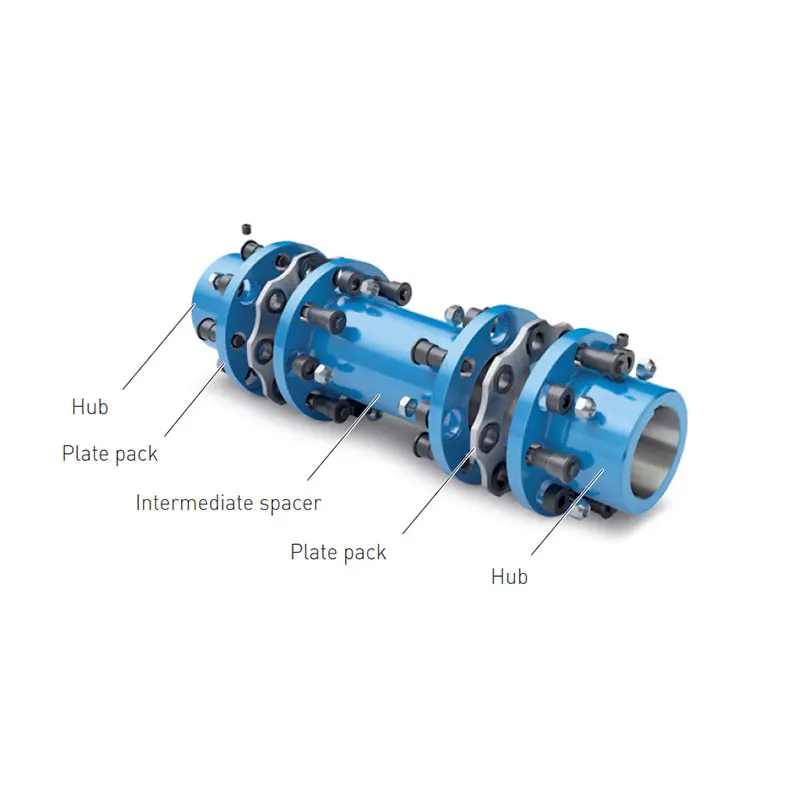 ARPEX Torsionally Rigid All-Steel Coupling Spare and Parts
ARPEX Torsionally Rigid All-Steel Coupling Spare and Parts  N-EUPEX DS Flexible High Performance Coupling
N-EUPEX DS Flexible High Performance Coupling 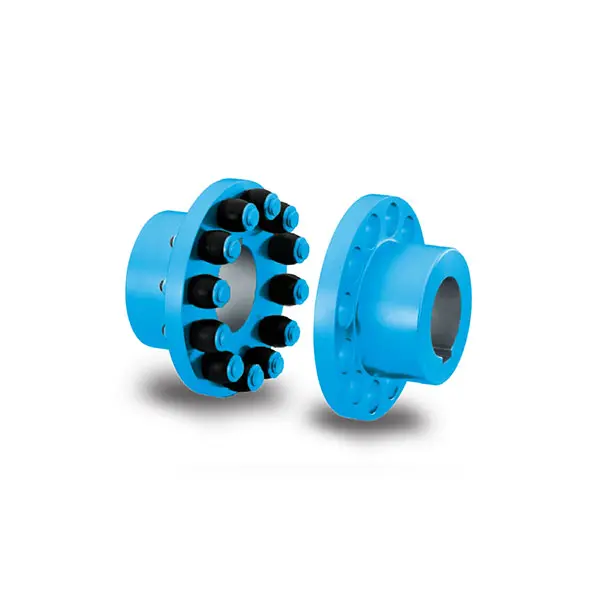 RUPEX Flexible high performance Coupling
RUPEX Flexible high performance Coupling 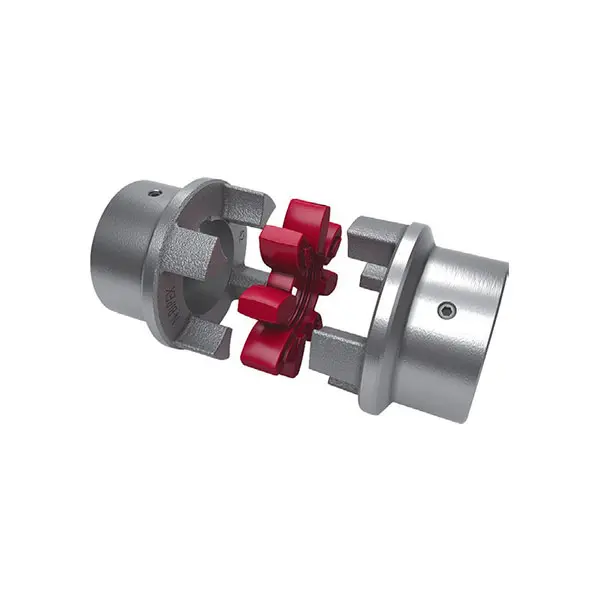 N BIPEX Flexible high performance coupling
N BIPEX Flexible high performance coupling 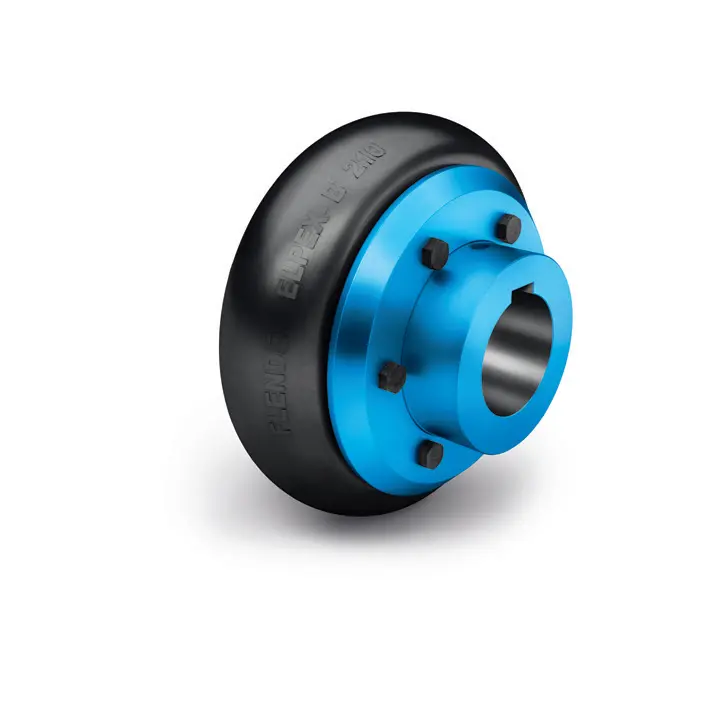 ELPEX B Highly Flexible Coupling
ELPEX B Highly Flexible Coupling  ELPEX S Highly Flexible Coupling high performance
ELPEX S Highly Flexible Coupling high performance 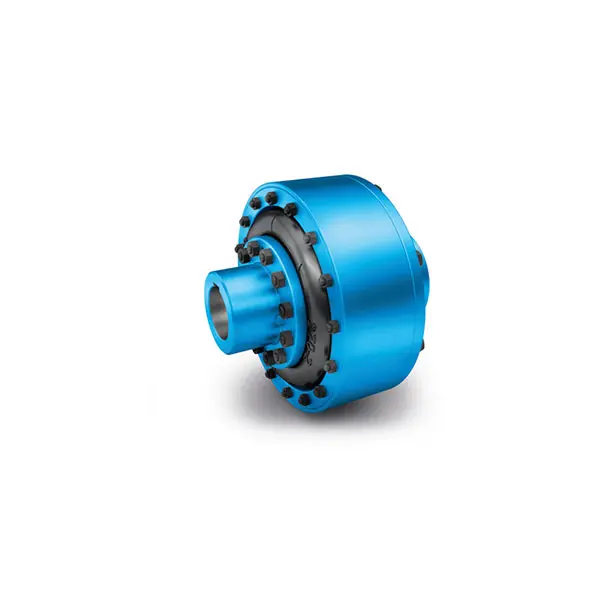 ELPEX Highly Flexible Coupling high performance
ELPEX Highly Flexible Coupling high performance 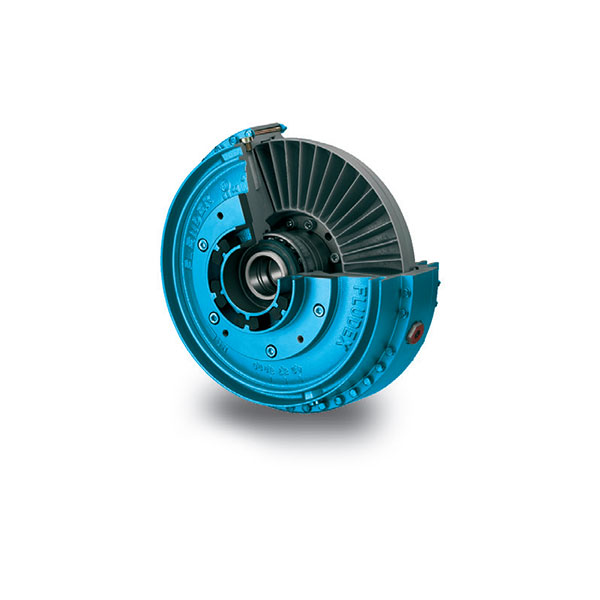 FLUDEX Fluid Coupling high performance
FLUDEX Fluid Coupling high performance 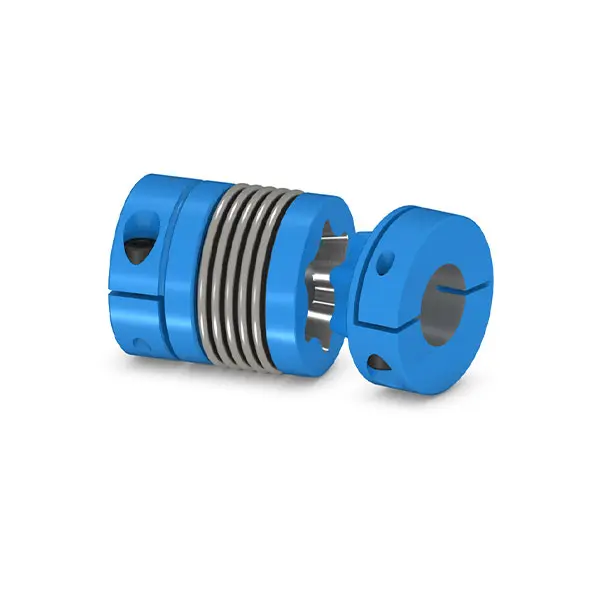 SIPEX Backlash free Coupling high performance
SIPEX Backlash free Coupling high performance 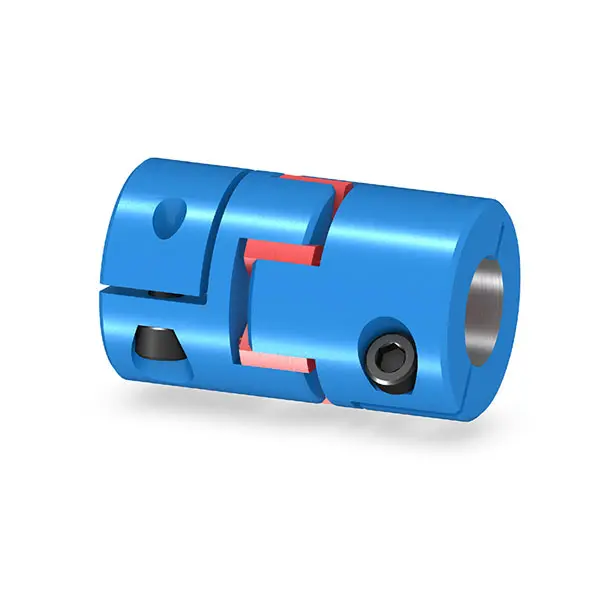 BIPEX S Backlash free Coupling high performance
BIPEX S Backlash free Coupling high performance 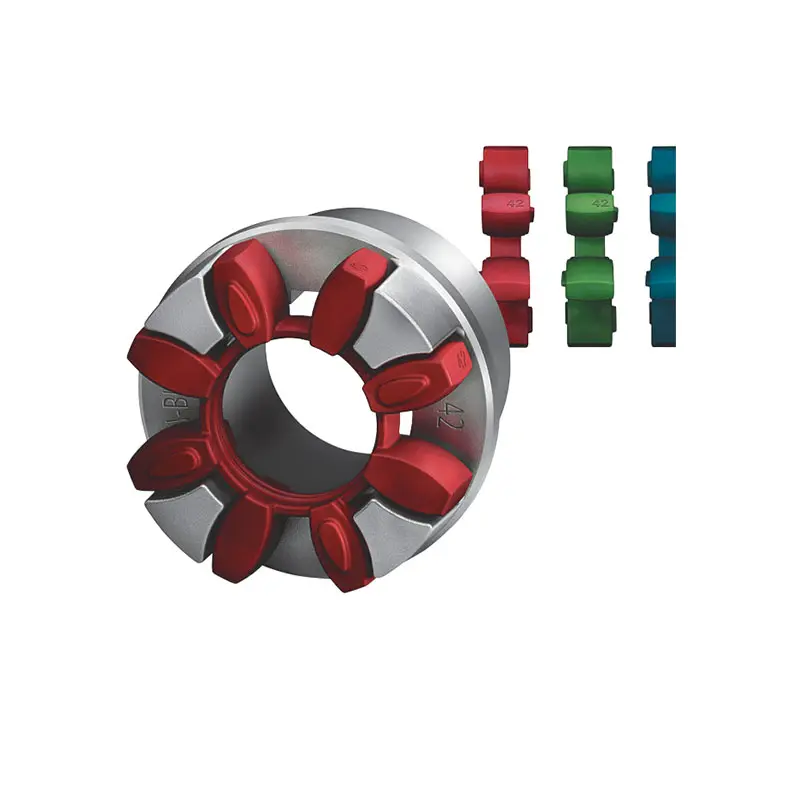 FLENDER Coupling Spare Parts high performance
FLENDER Coupling Spare Parts high performance 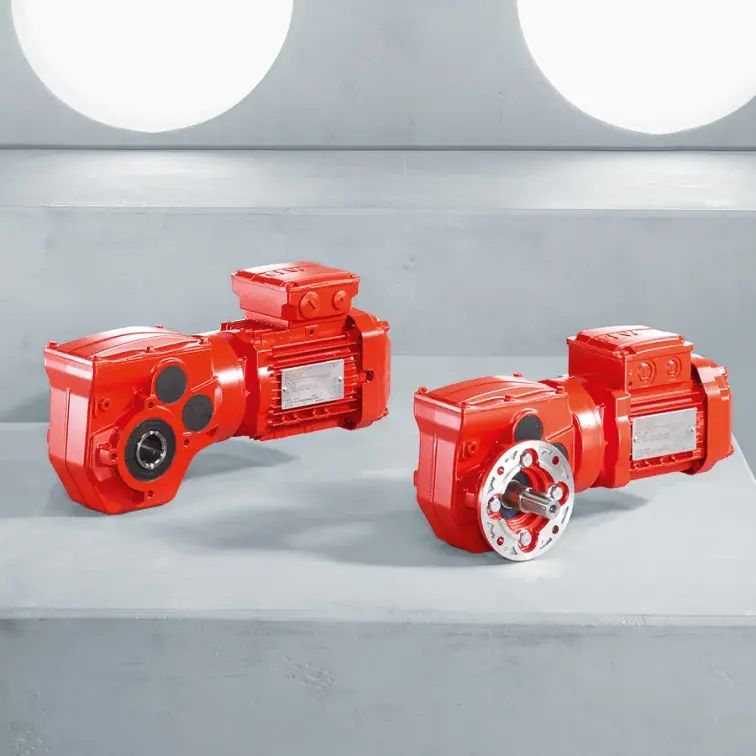 SEW Gearmotor
SEW Gearmotor
Our Company
News
Case
Contact Us
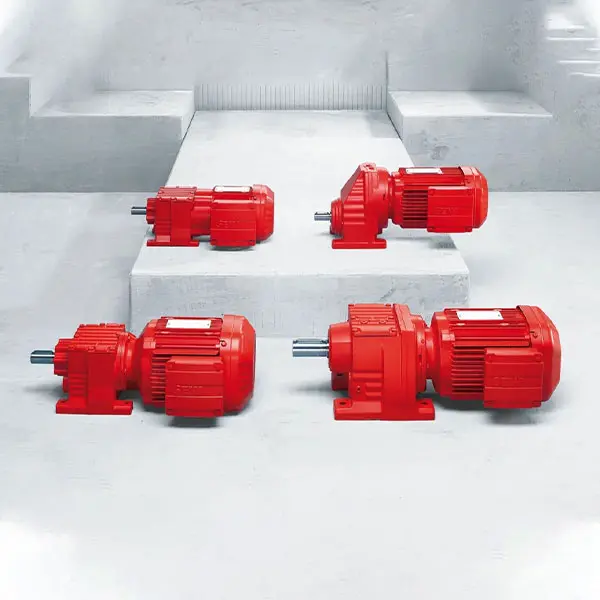 R Series Helical Gearmotor low voltage
R Series Helical Gearmotor low voltage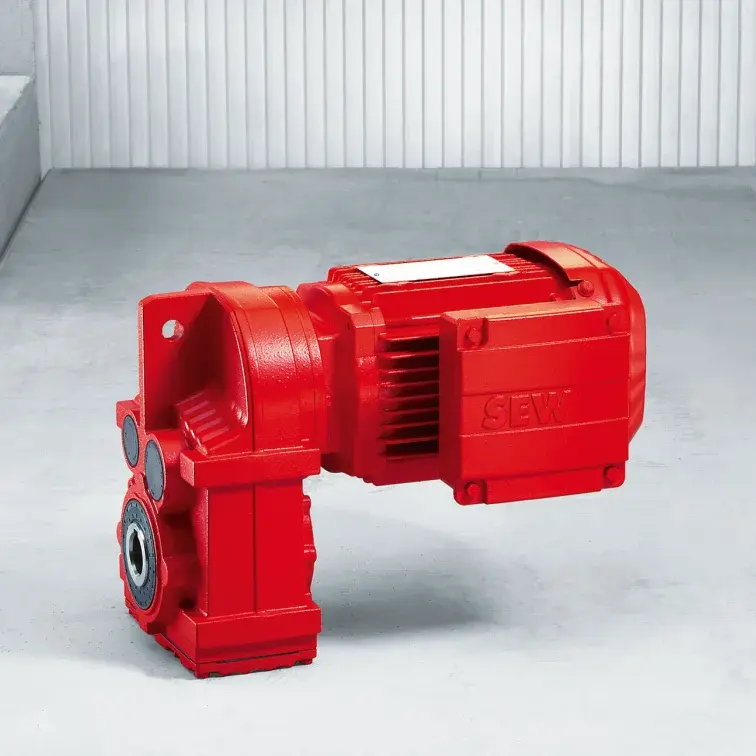 F Series Parallel Shaft Gearmotor low voltage
F Series Parallel Shaft Gearmotor low voltage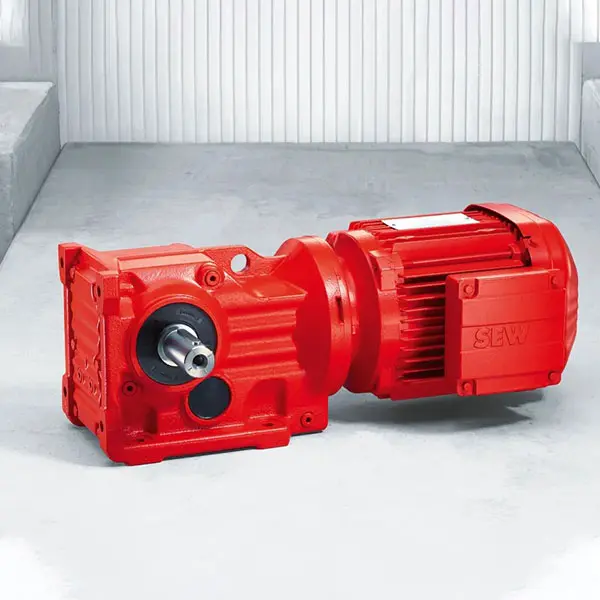 K Series Helical Bevel Gearmotor low voltage
K Series Helical Bevel Gearmotor low voltage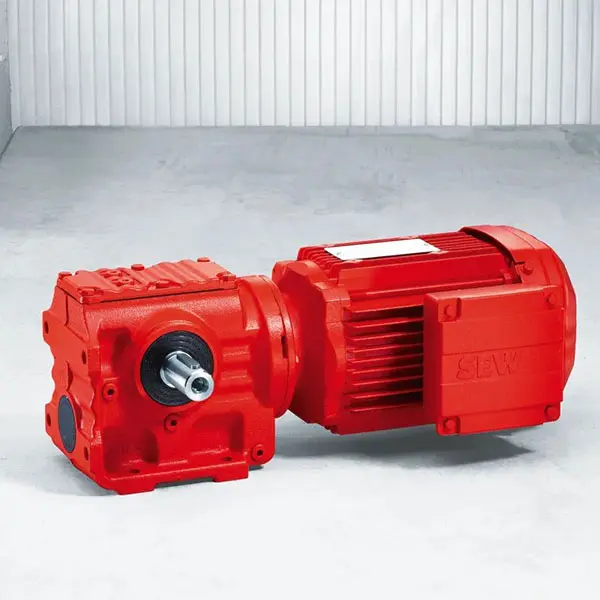 S Series Helical Worm Gearmotor low voltage
S Series Helical Worm Gearmotor low voltage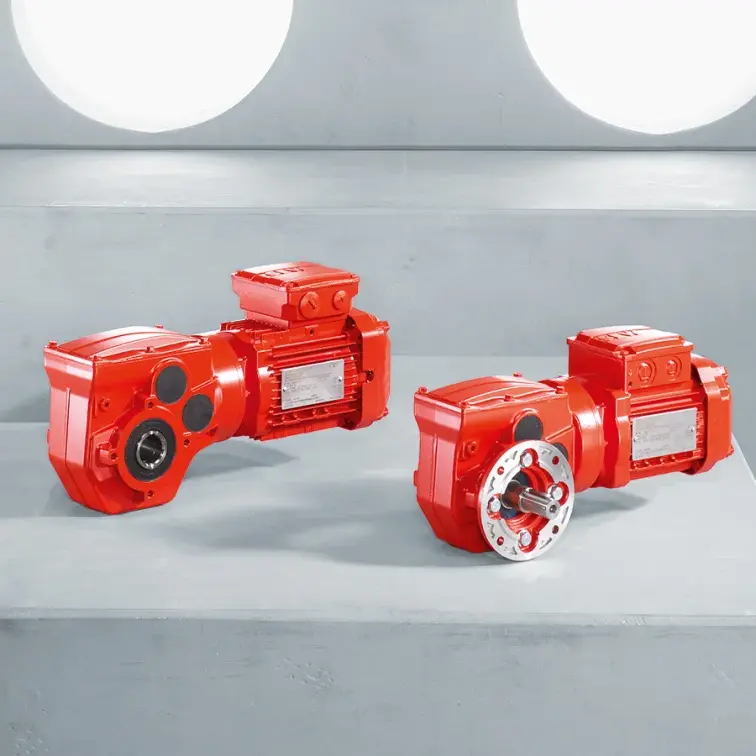 W Series SPIROPLAN® Right Angle Gearmotor
W Series SPIROPLAN® Right Angle Gearmotor

